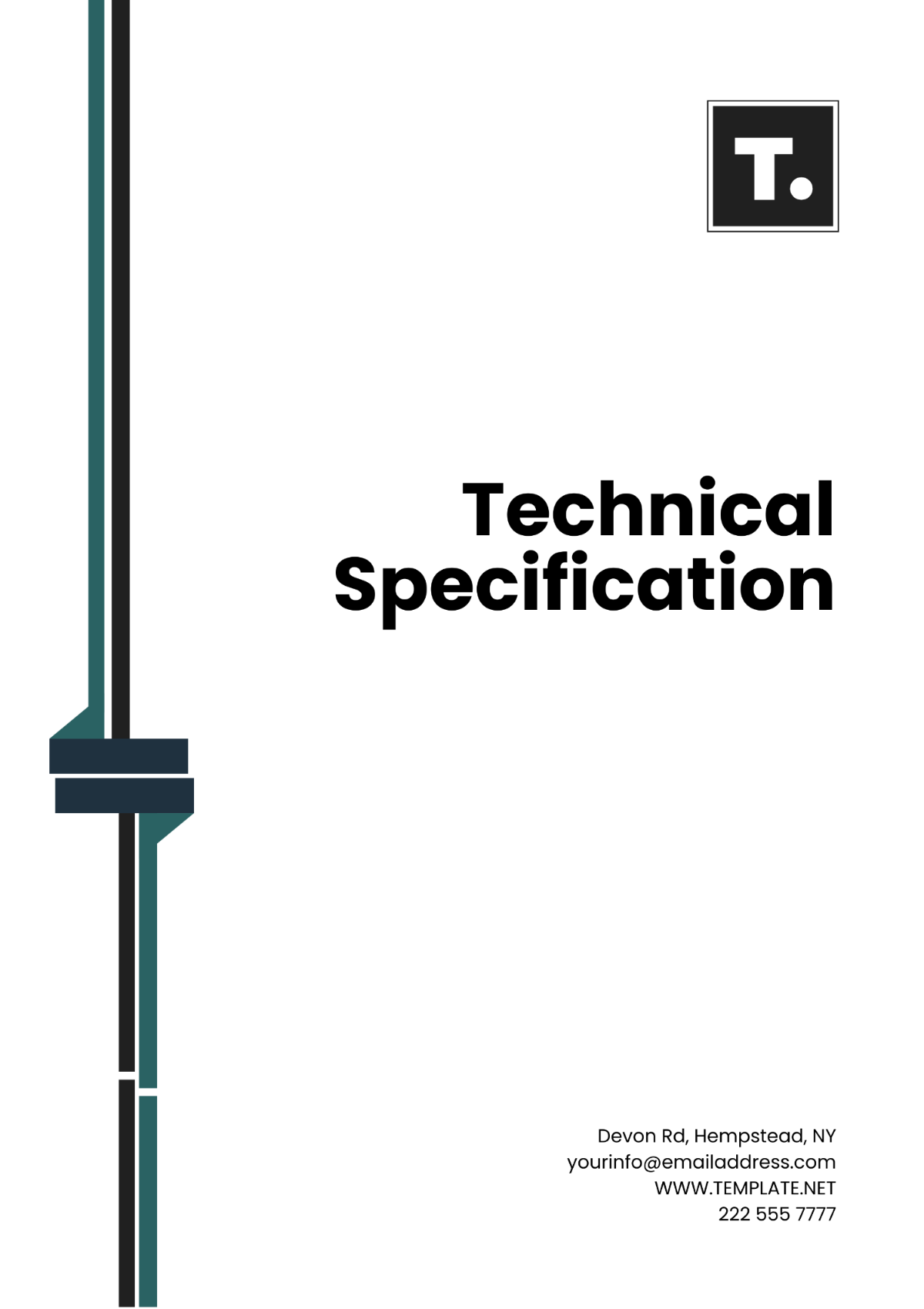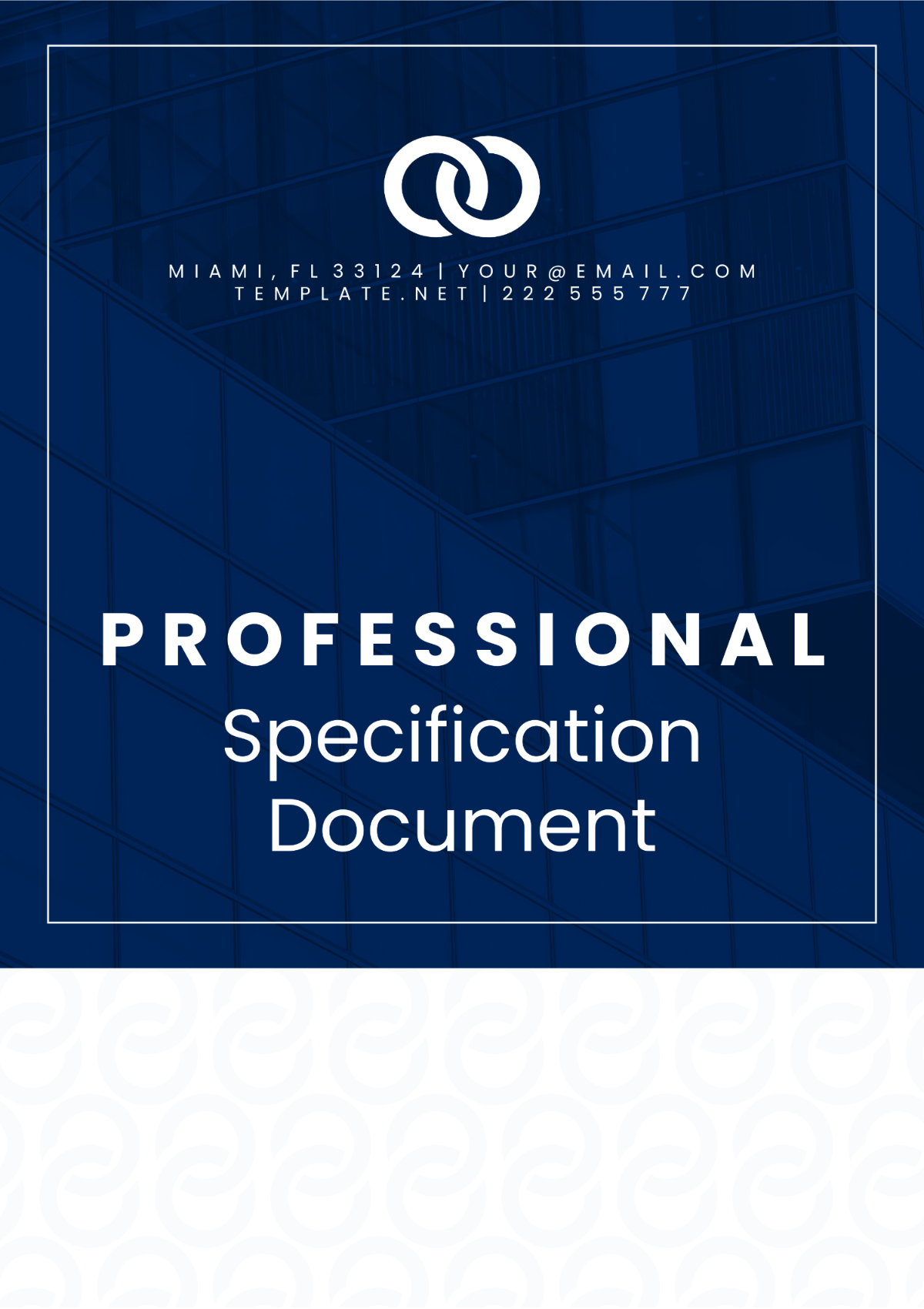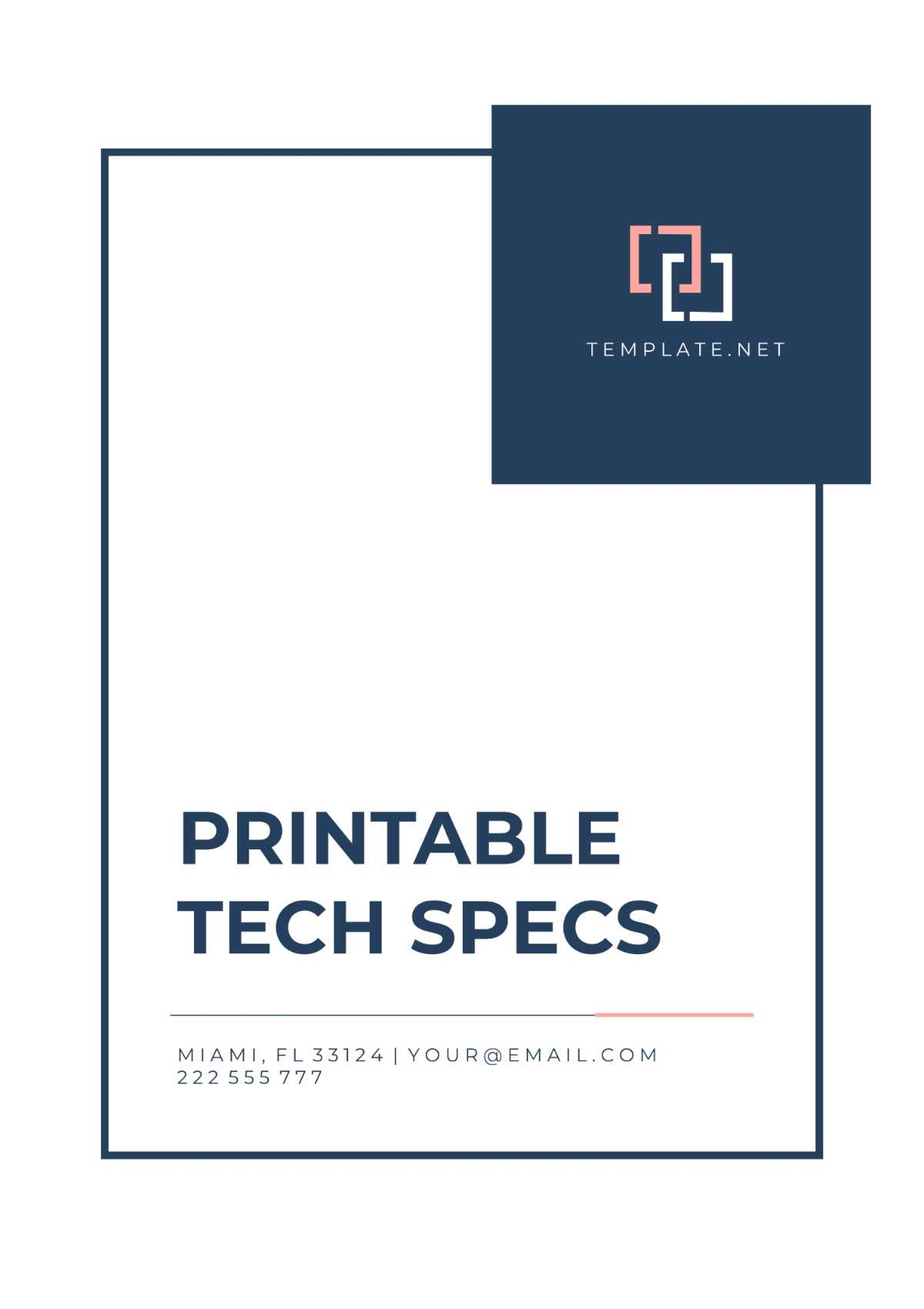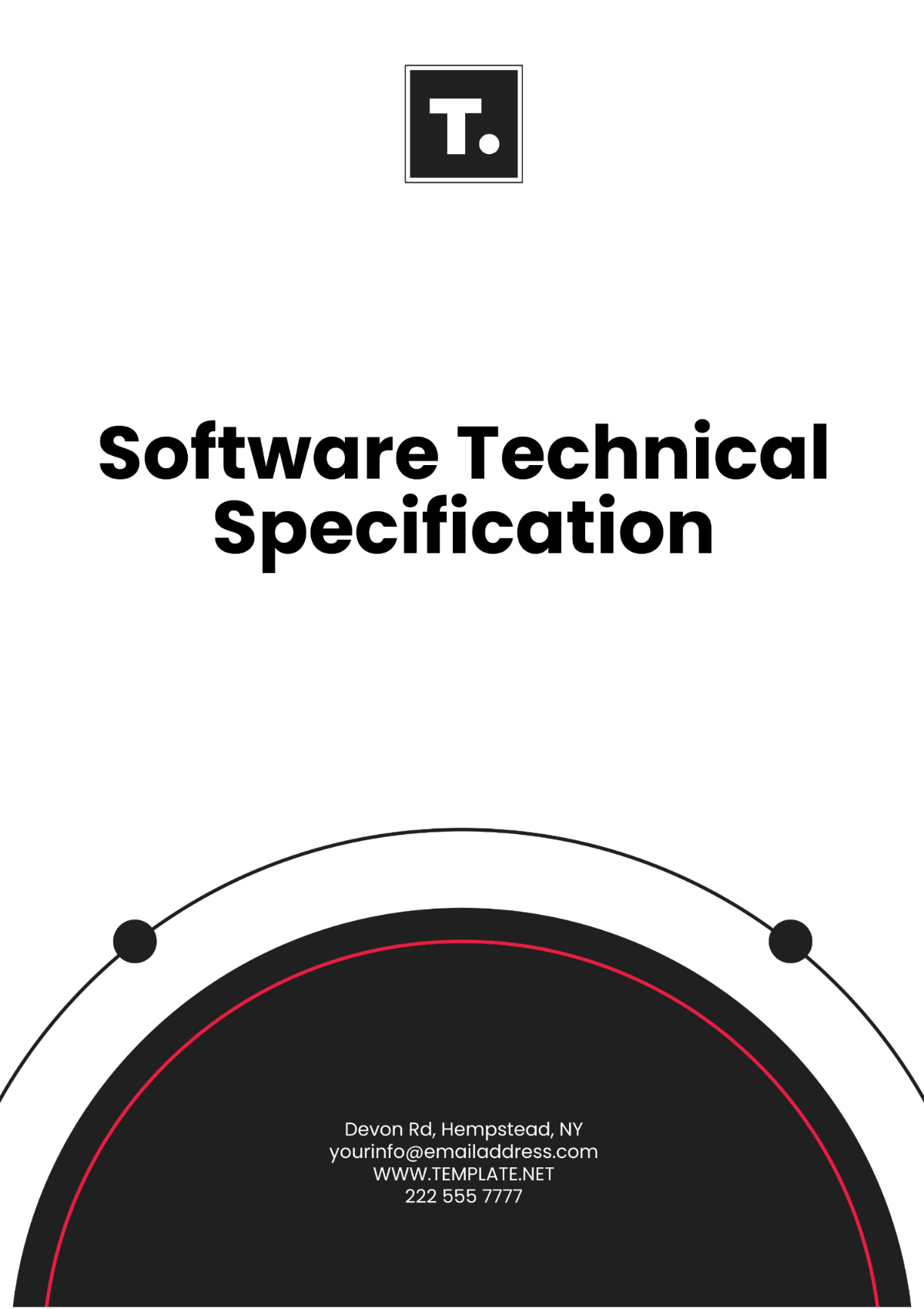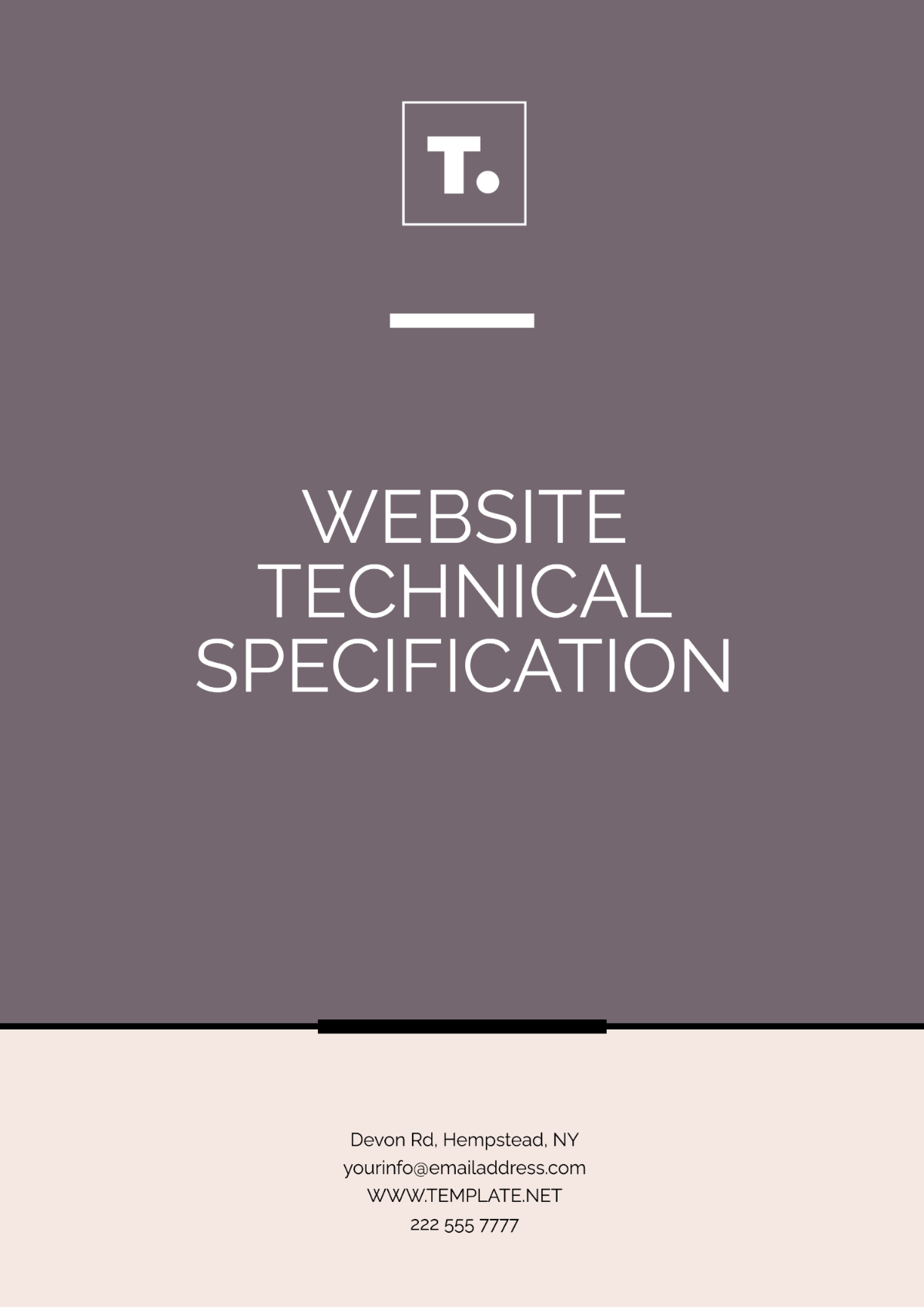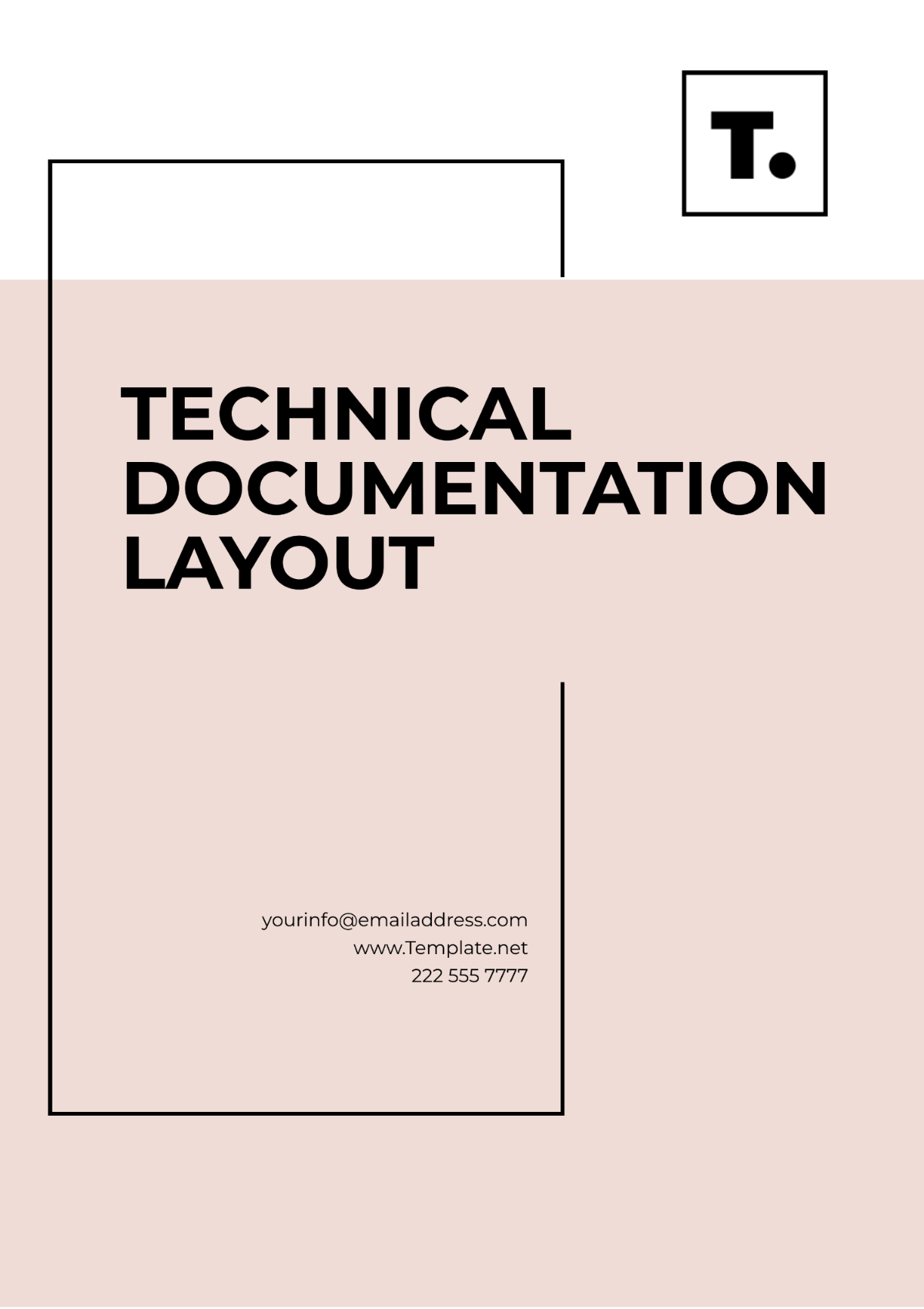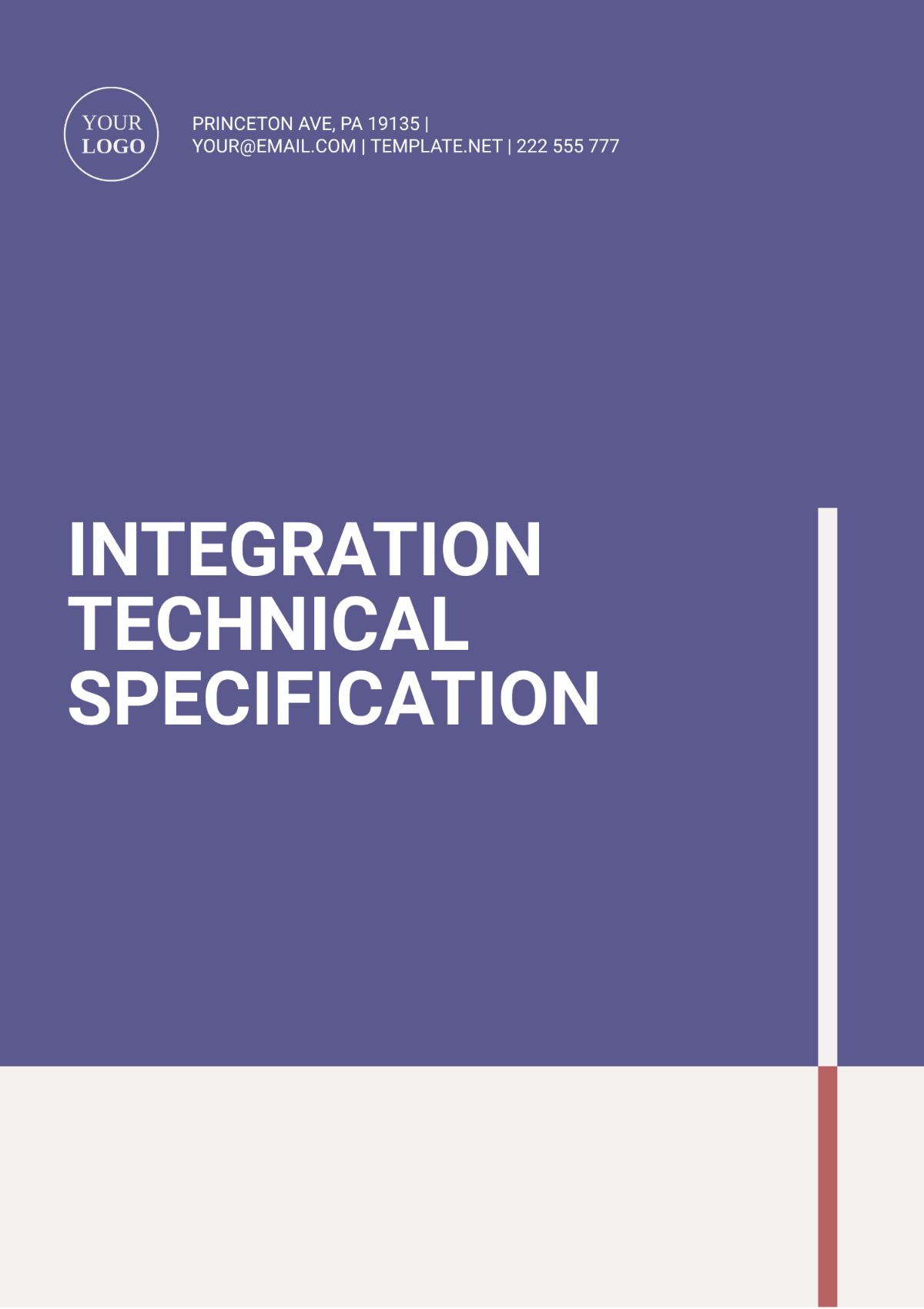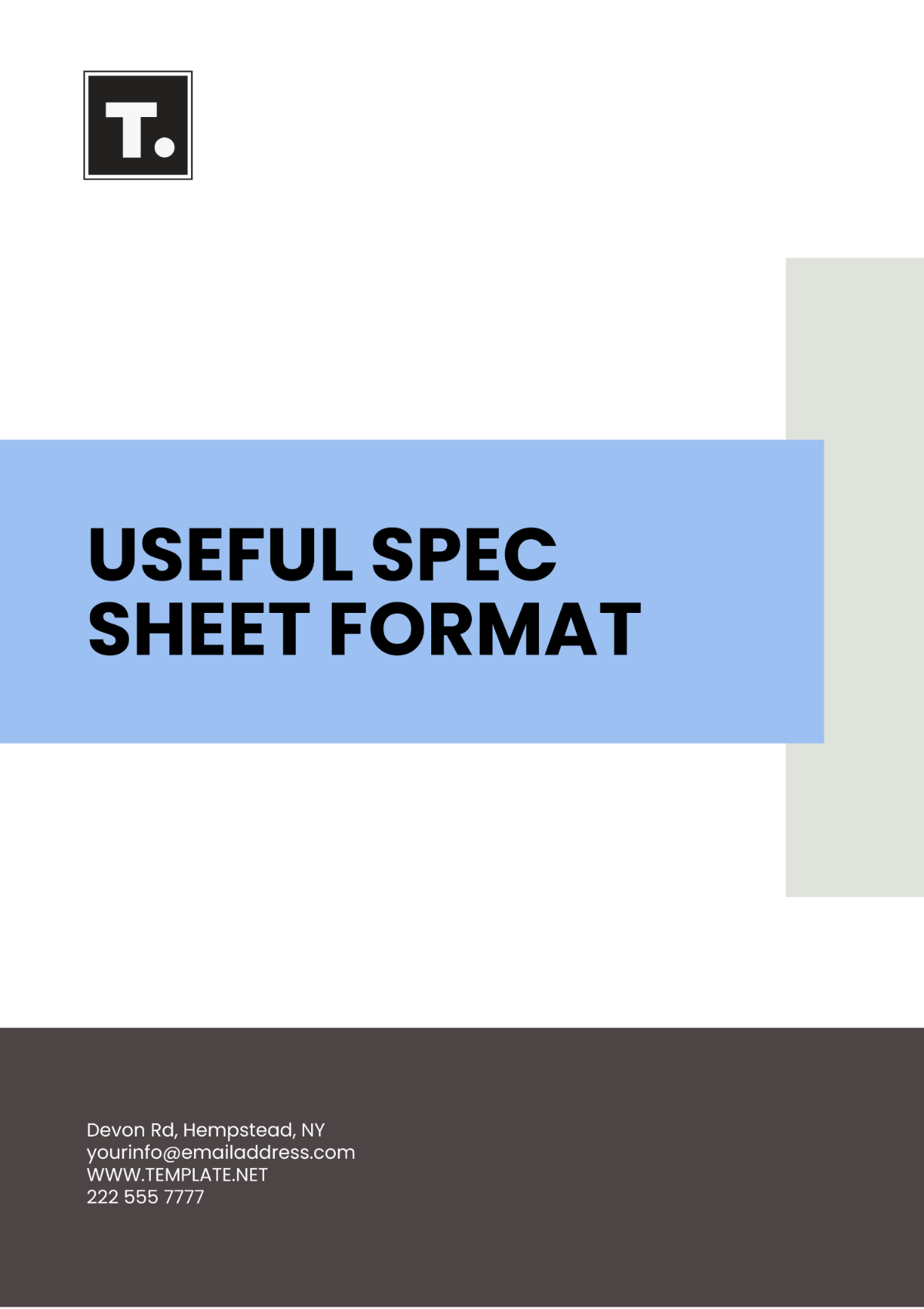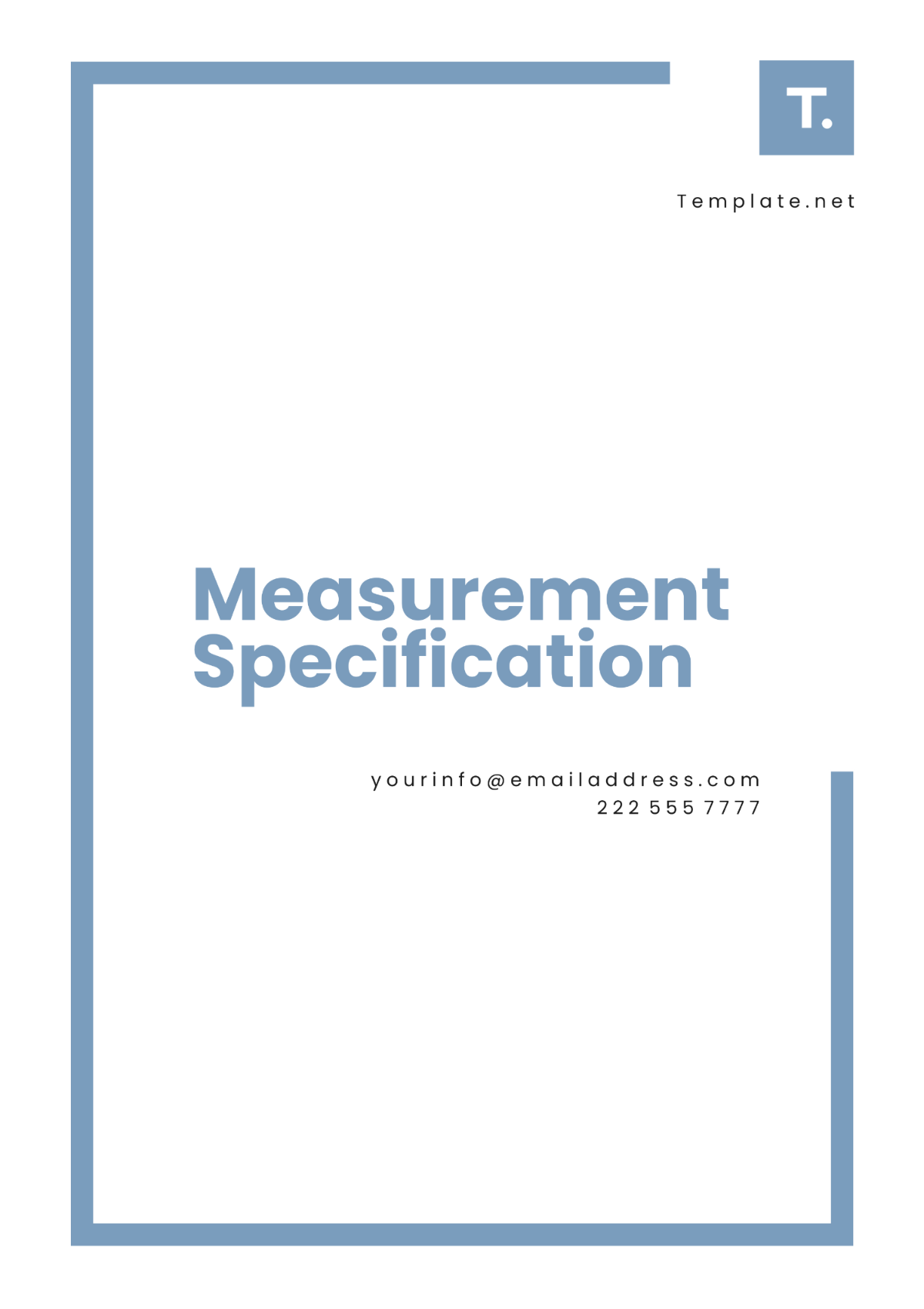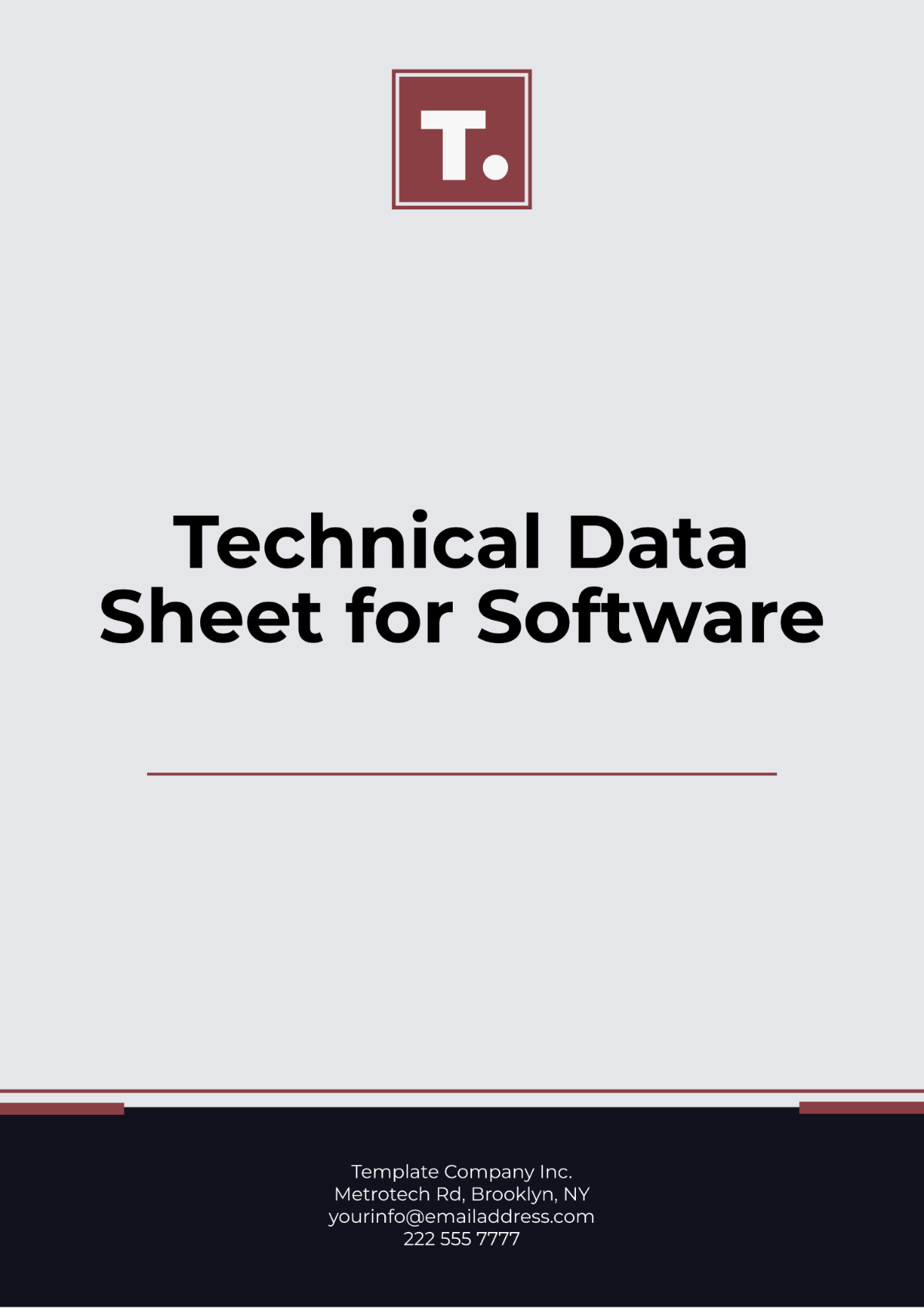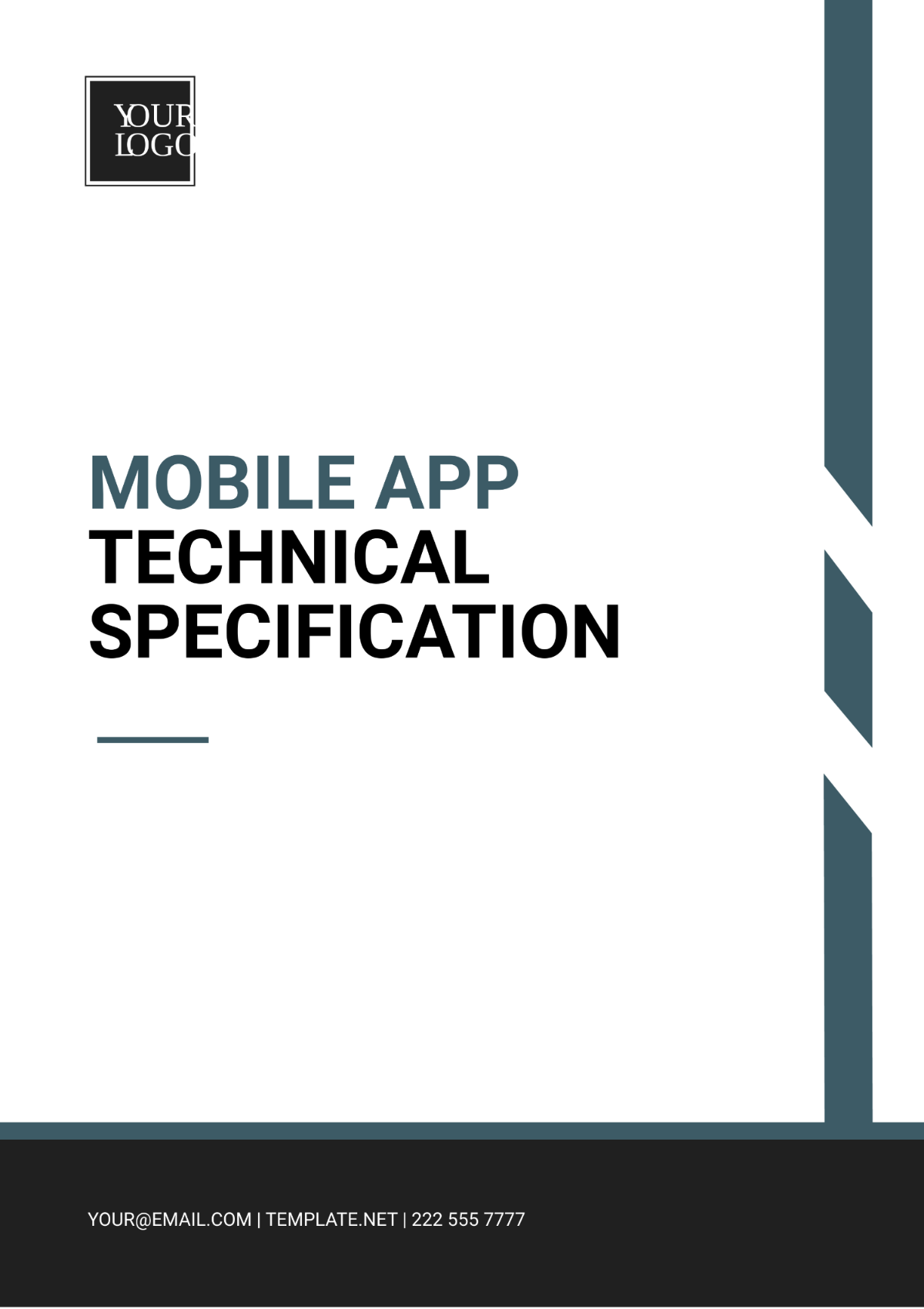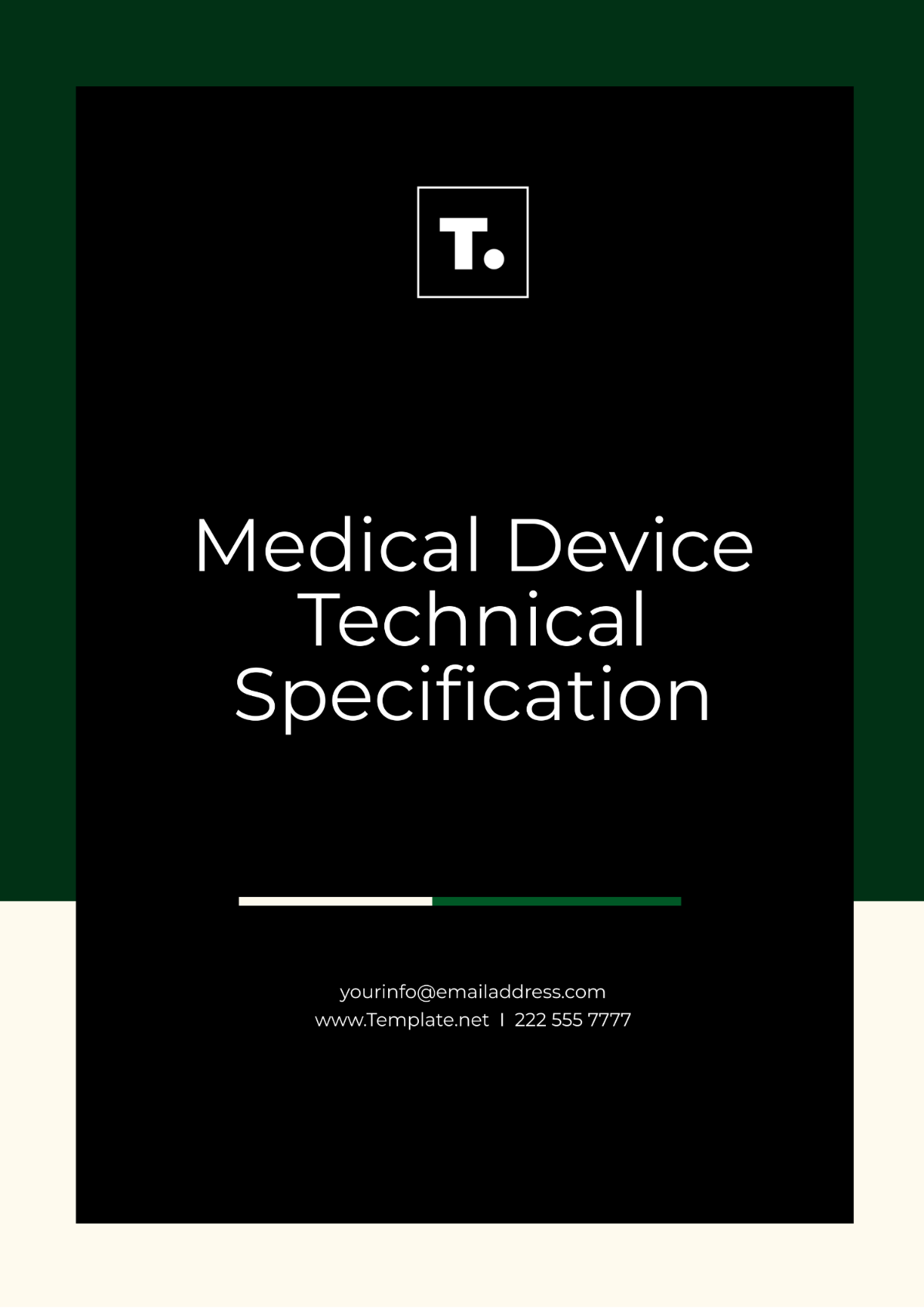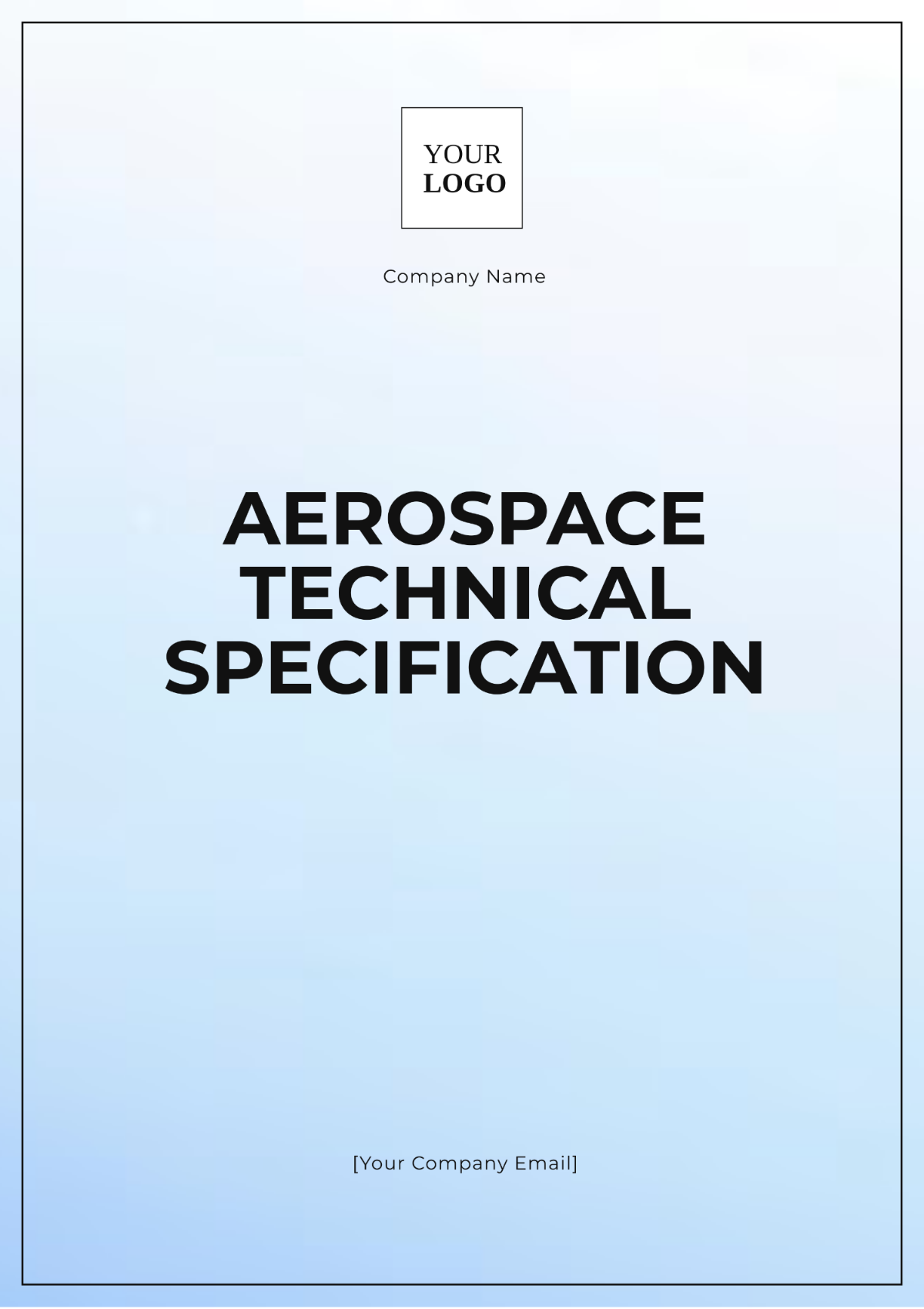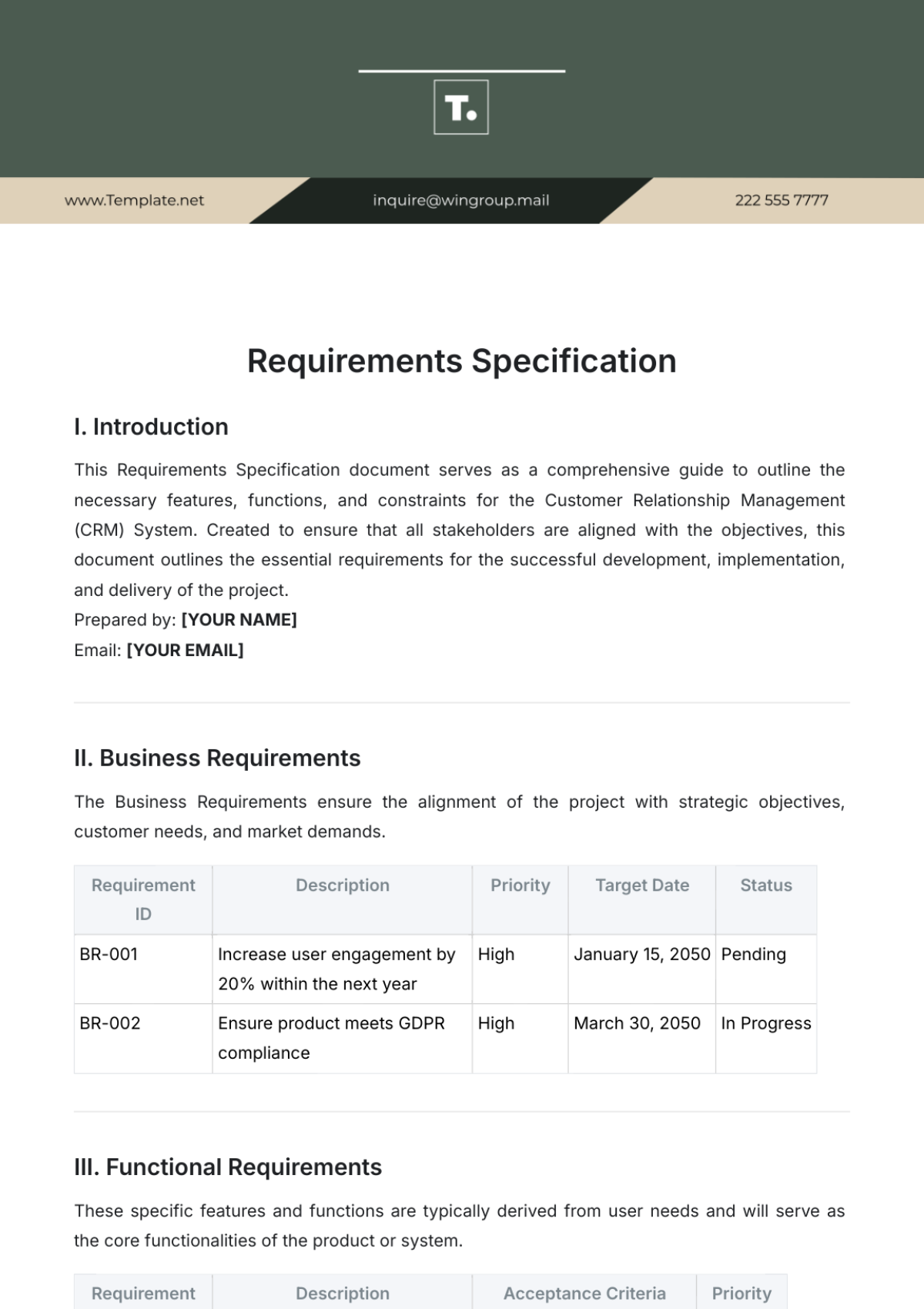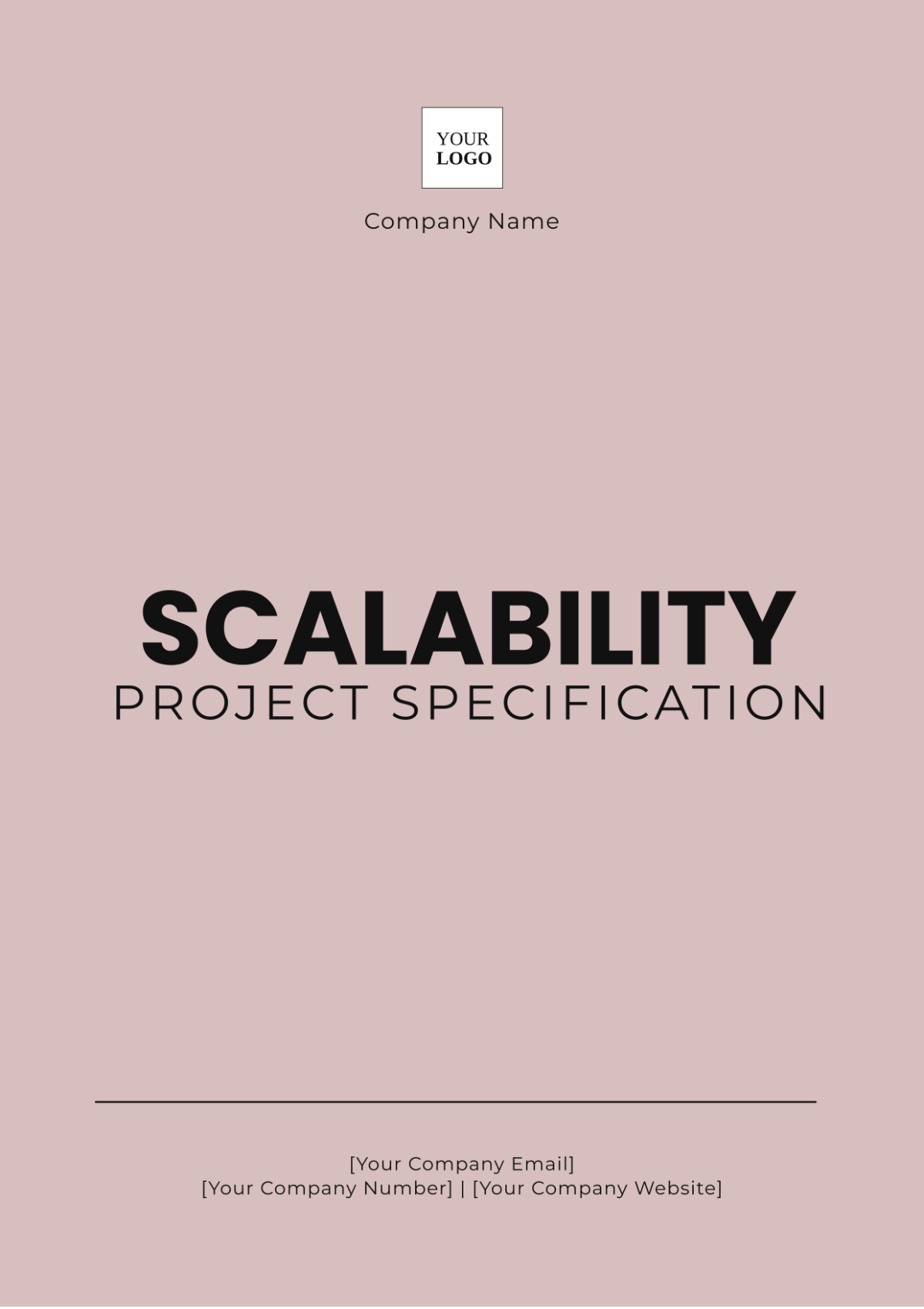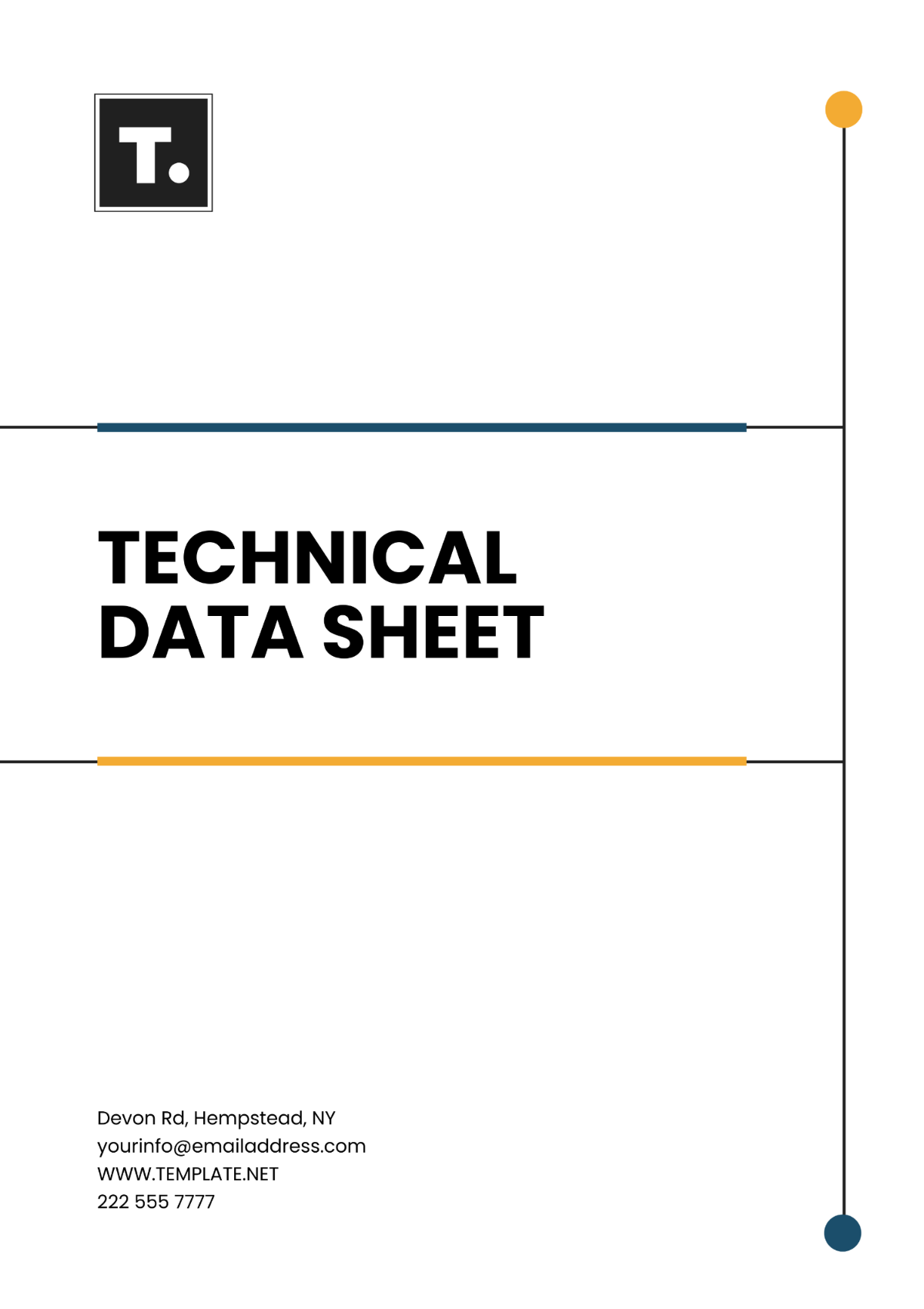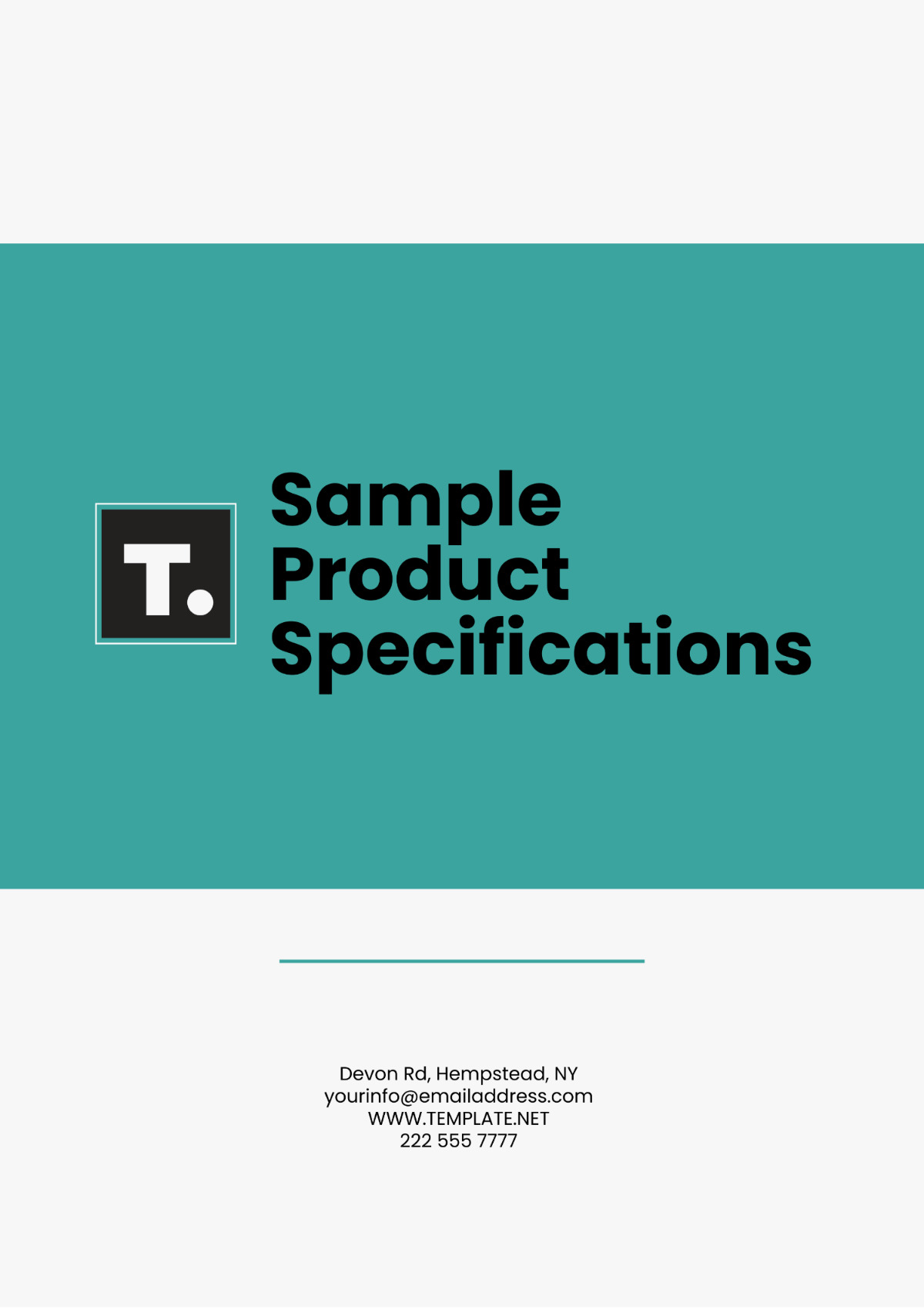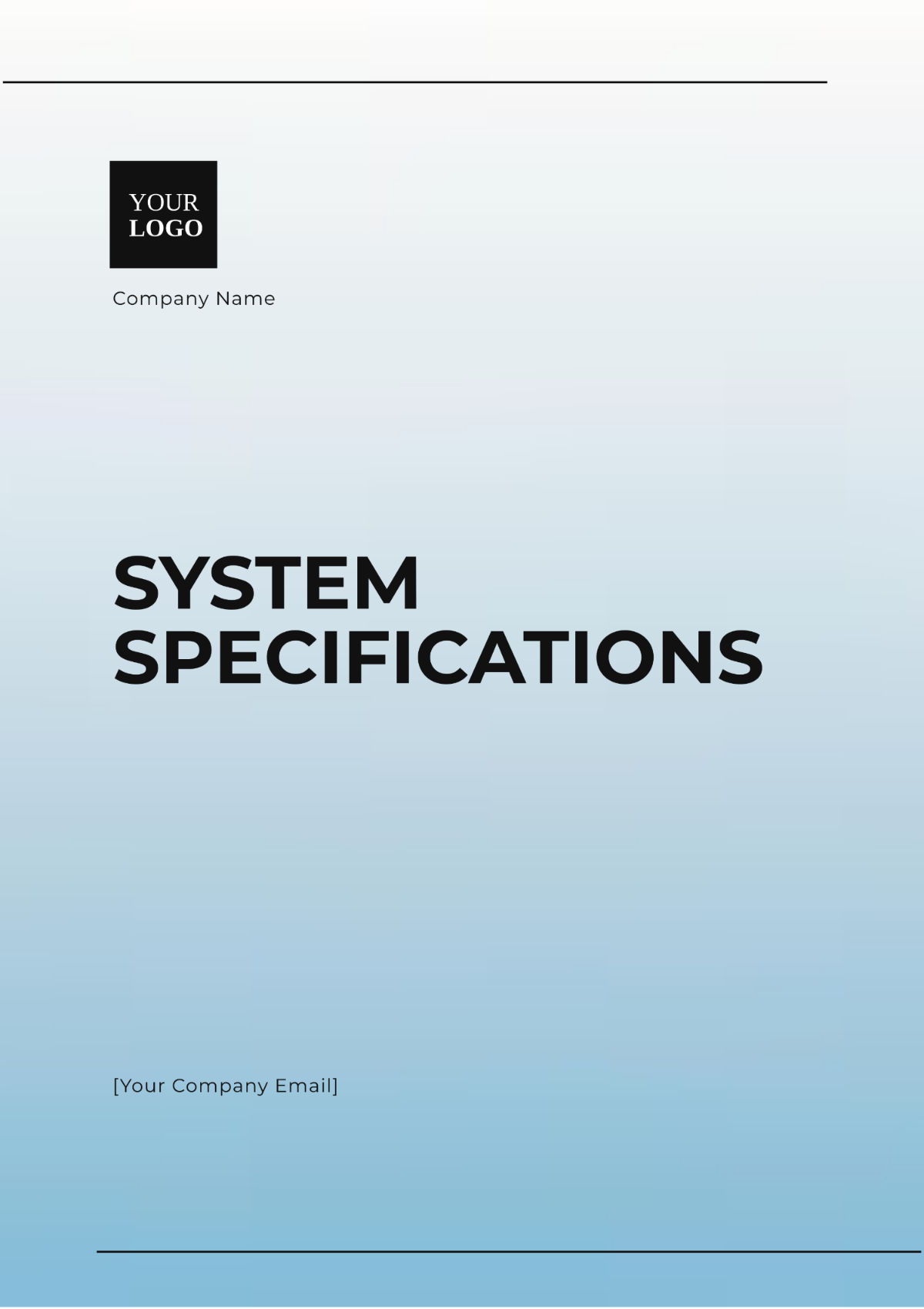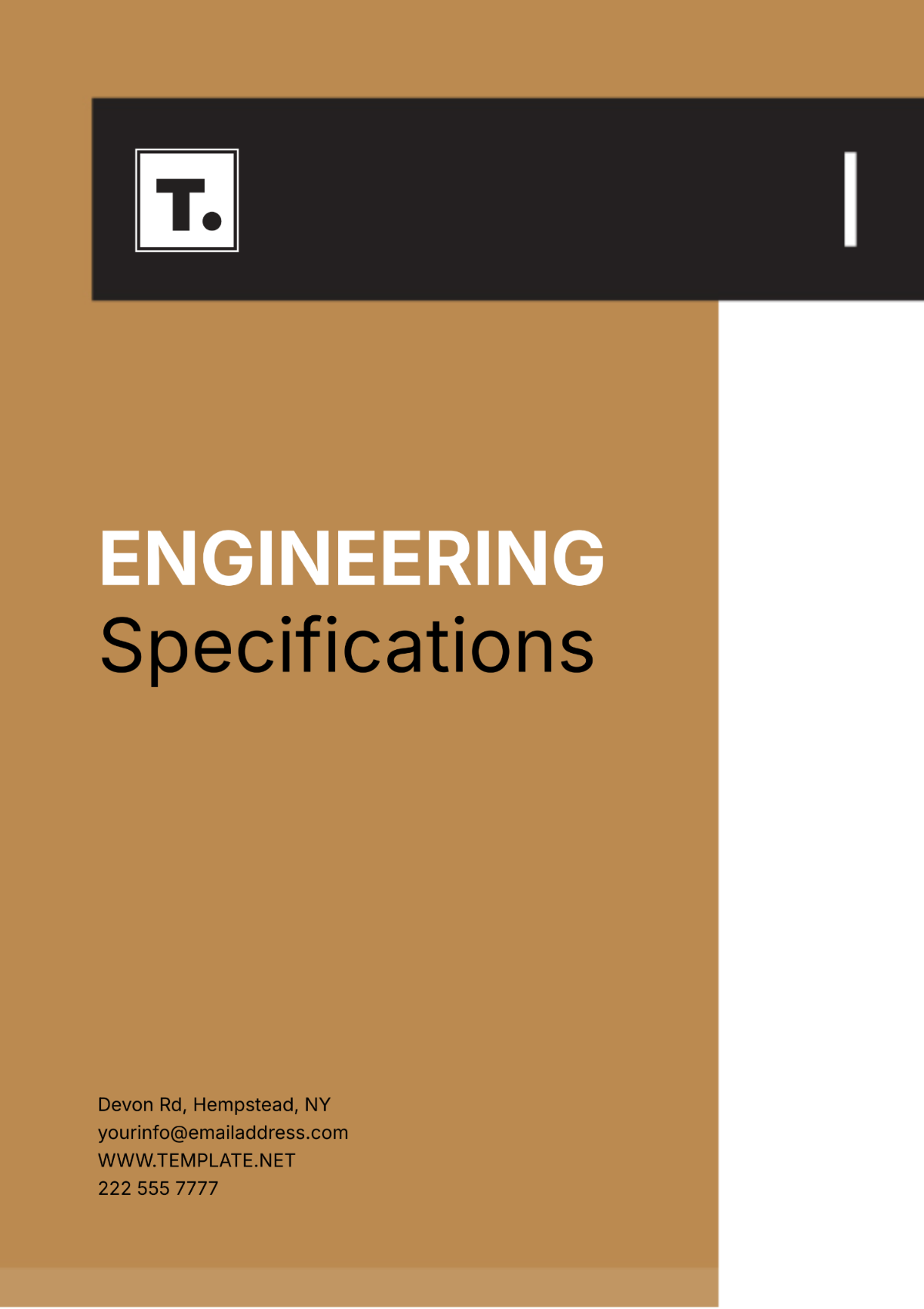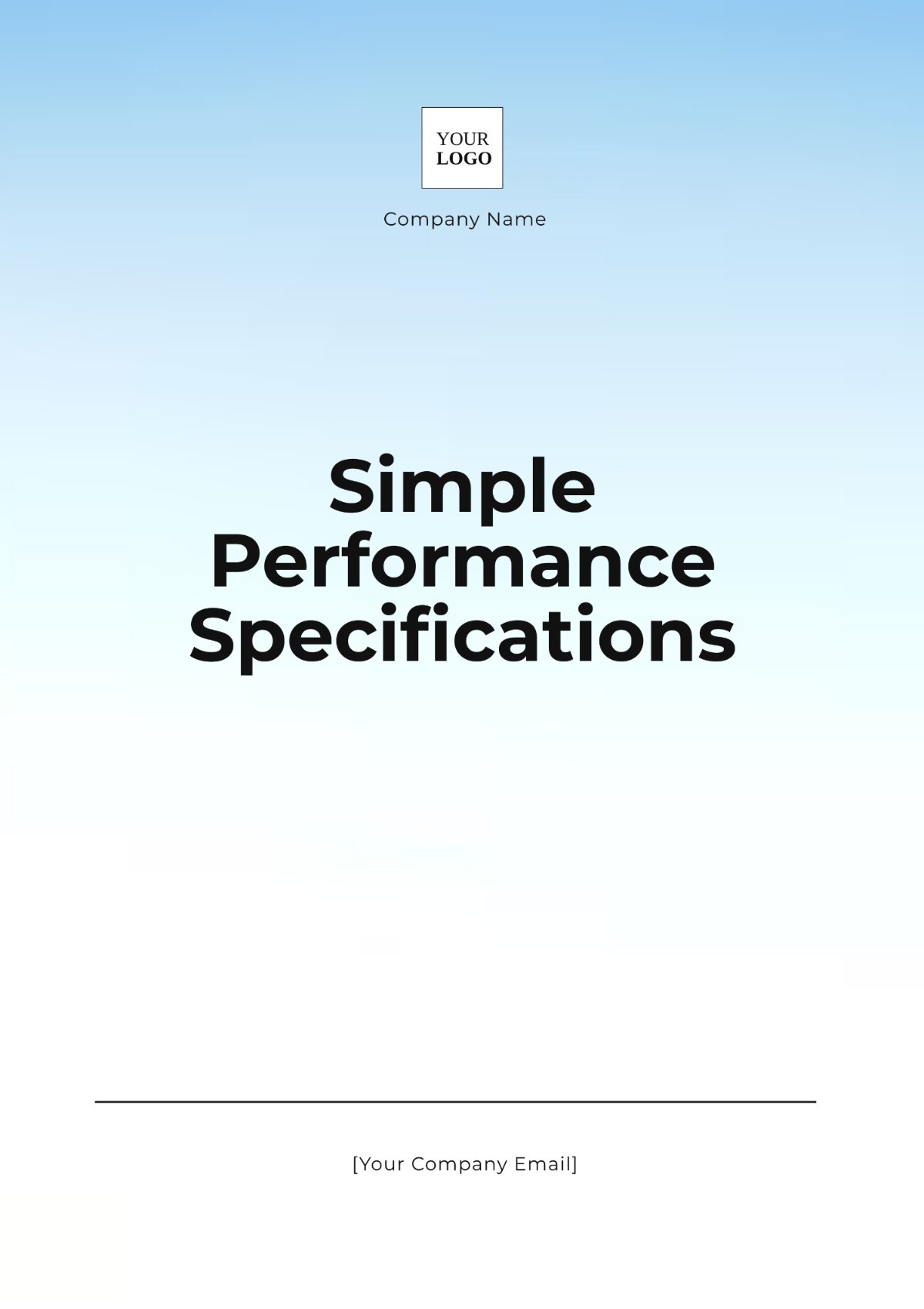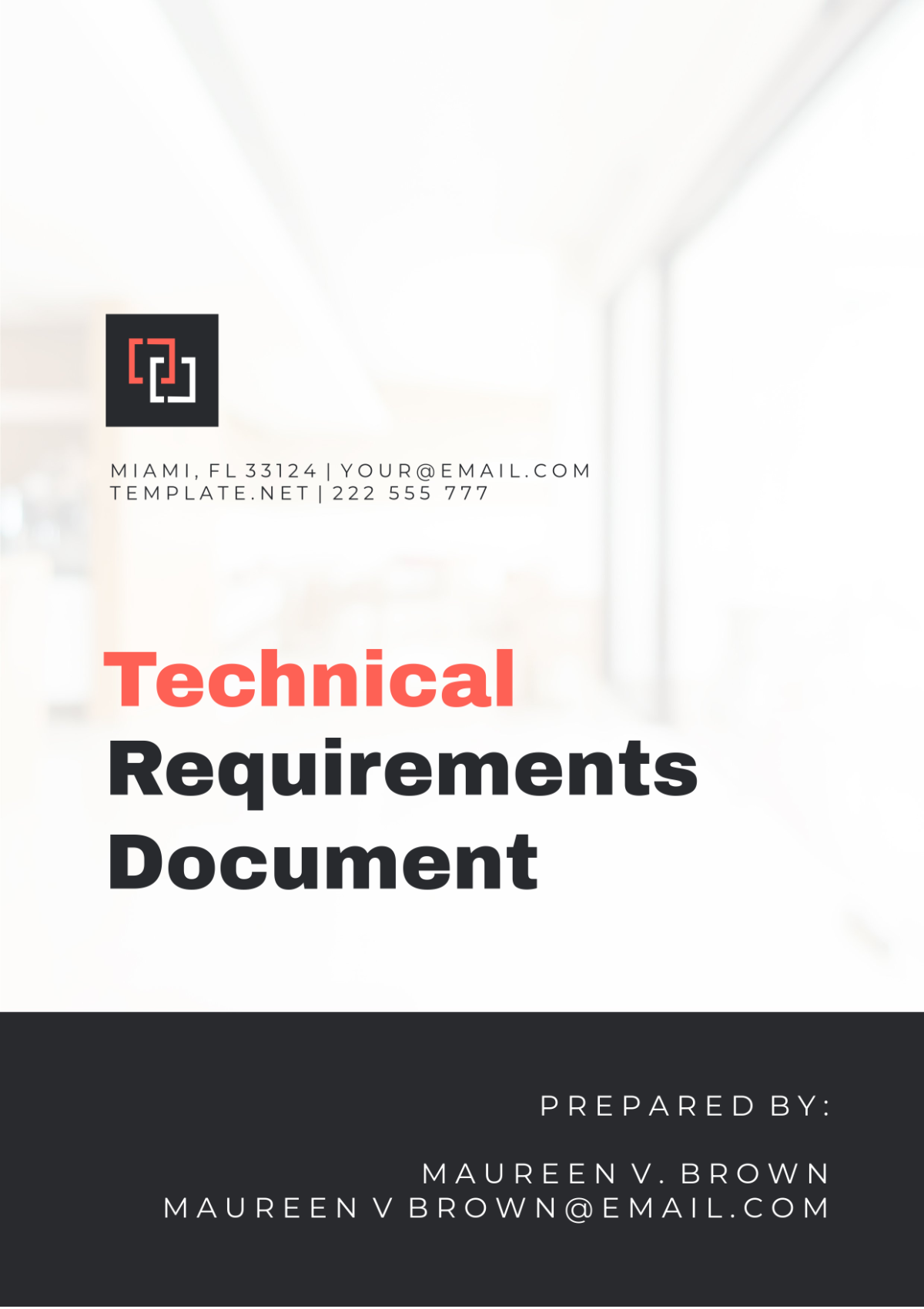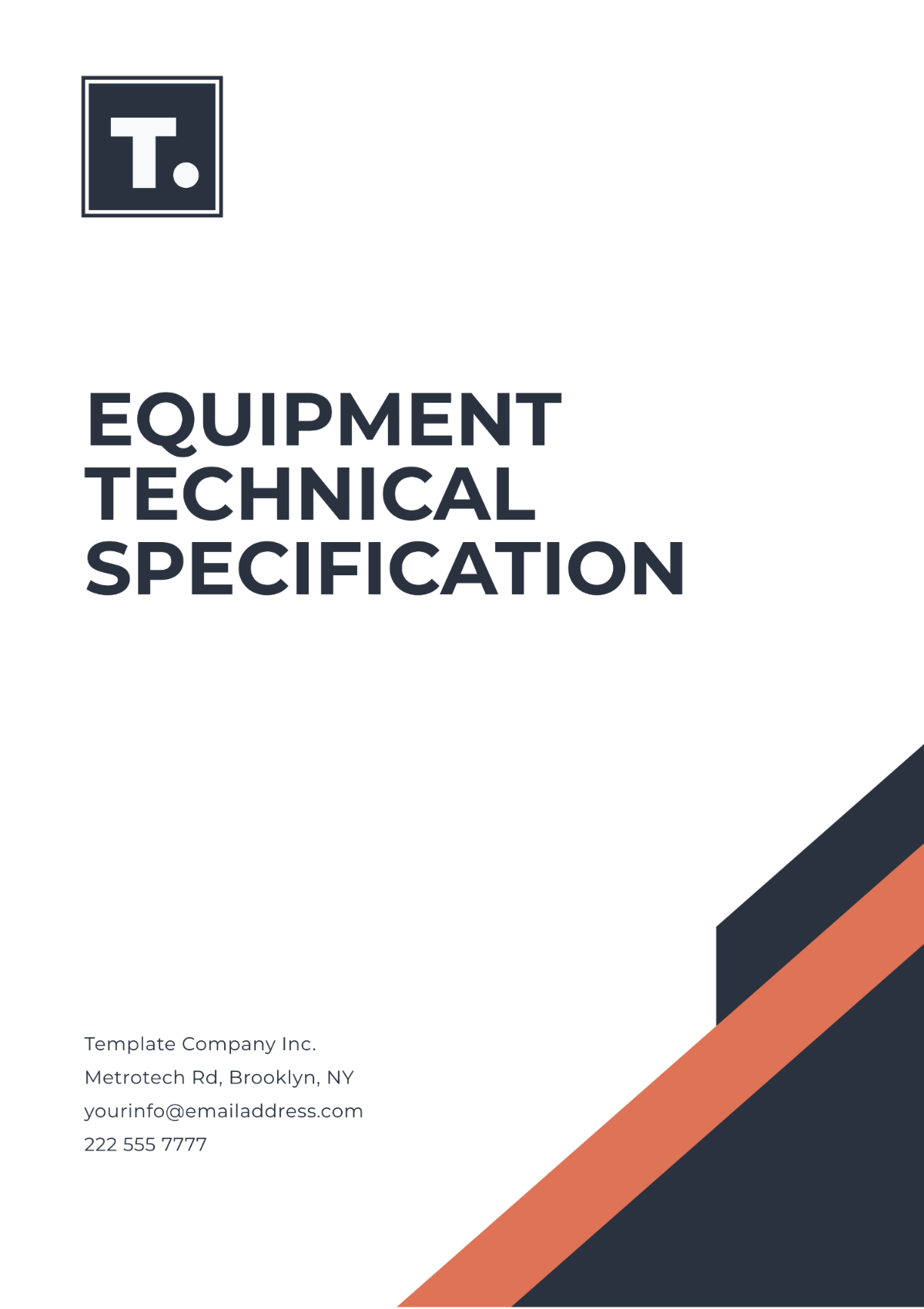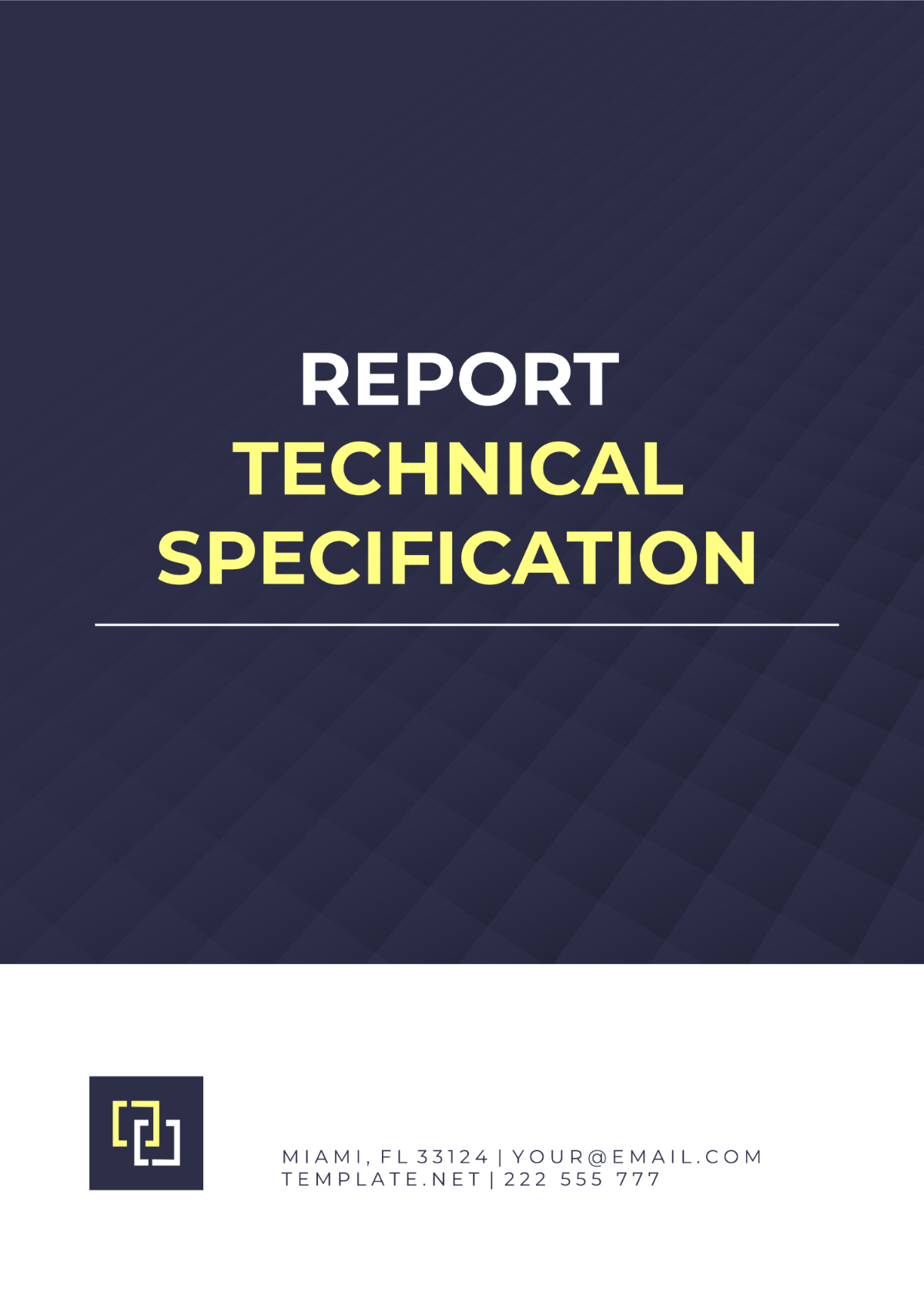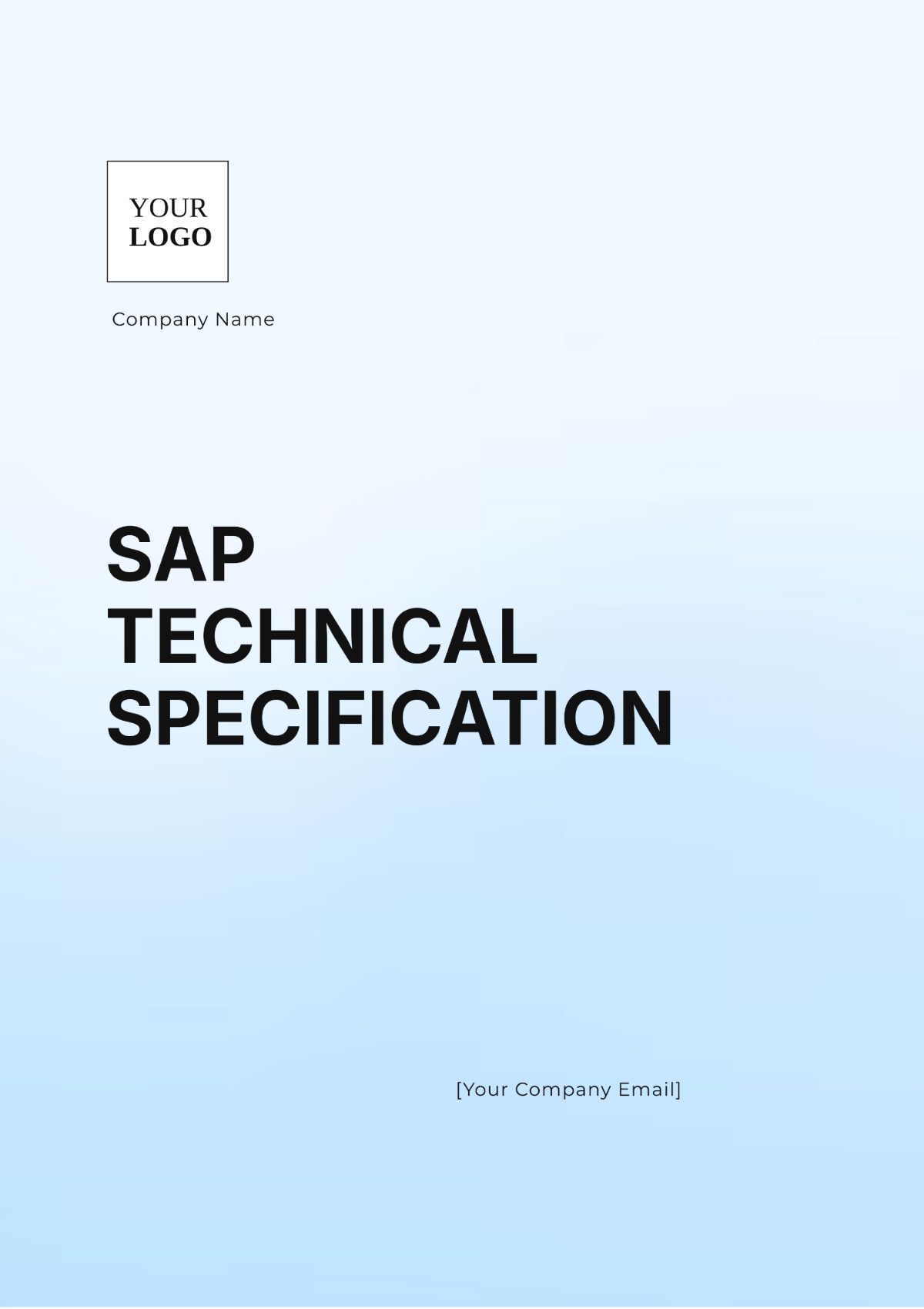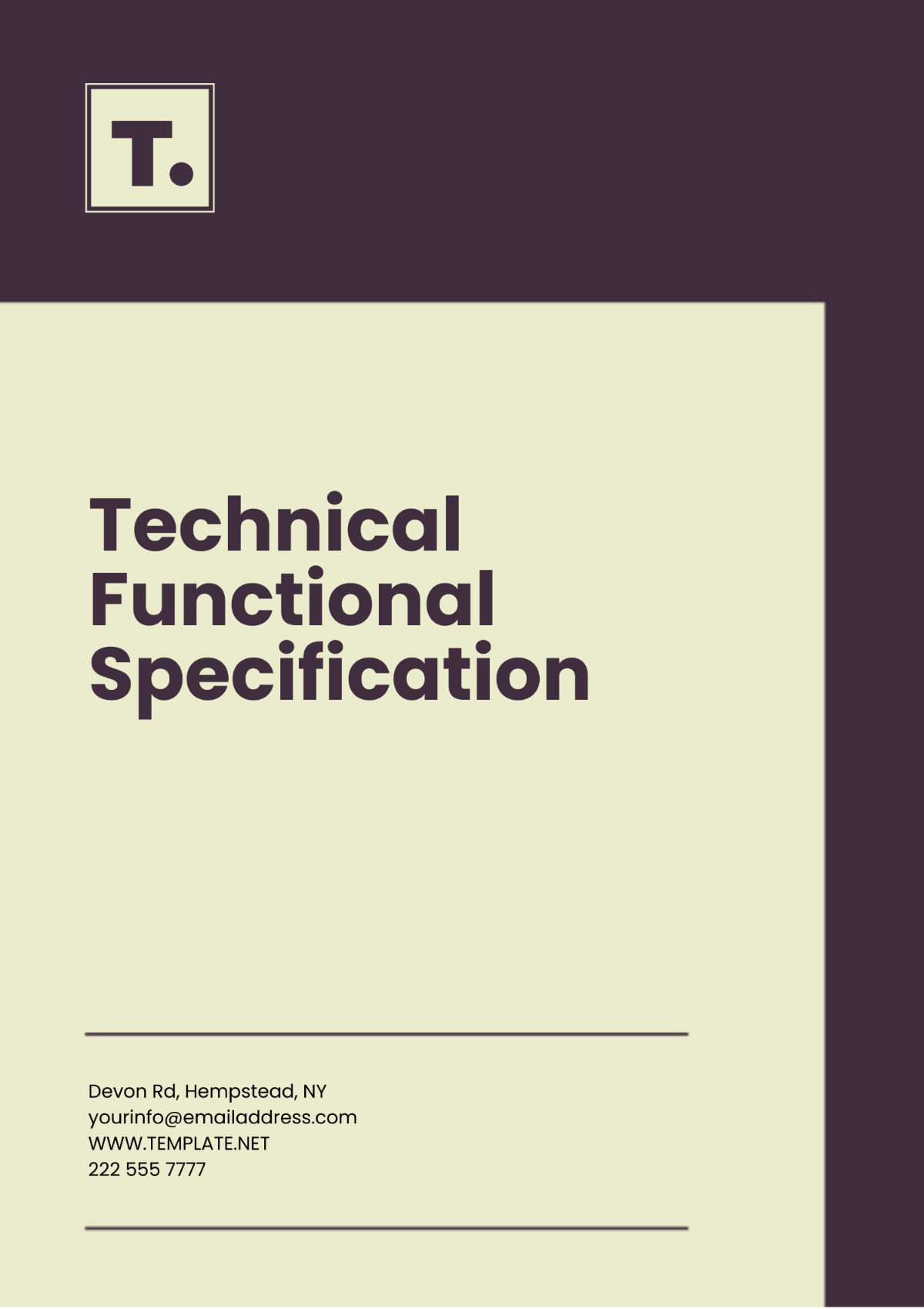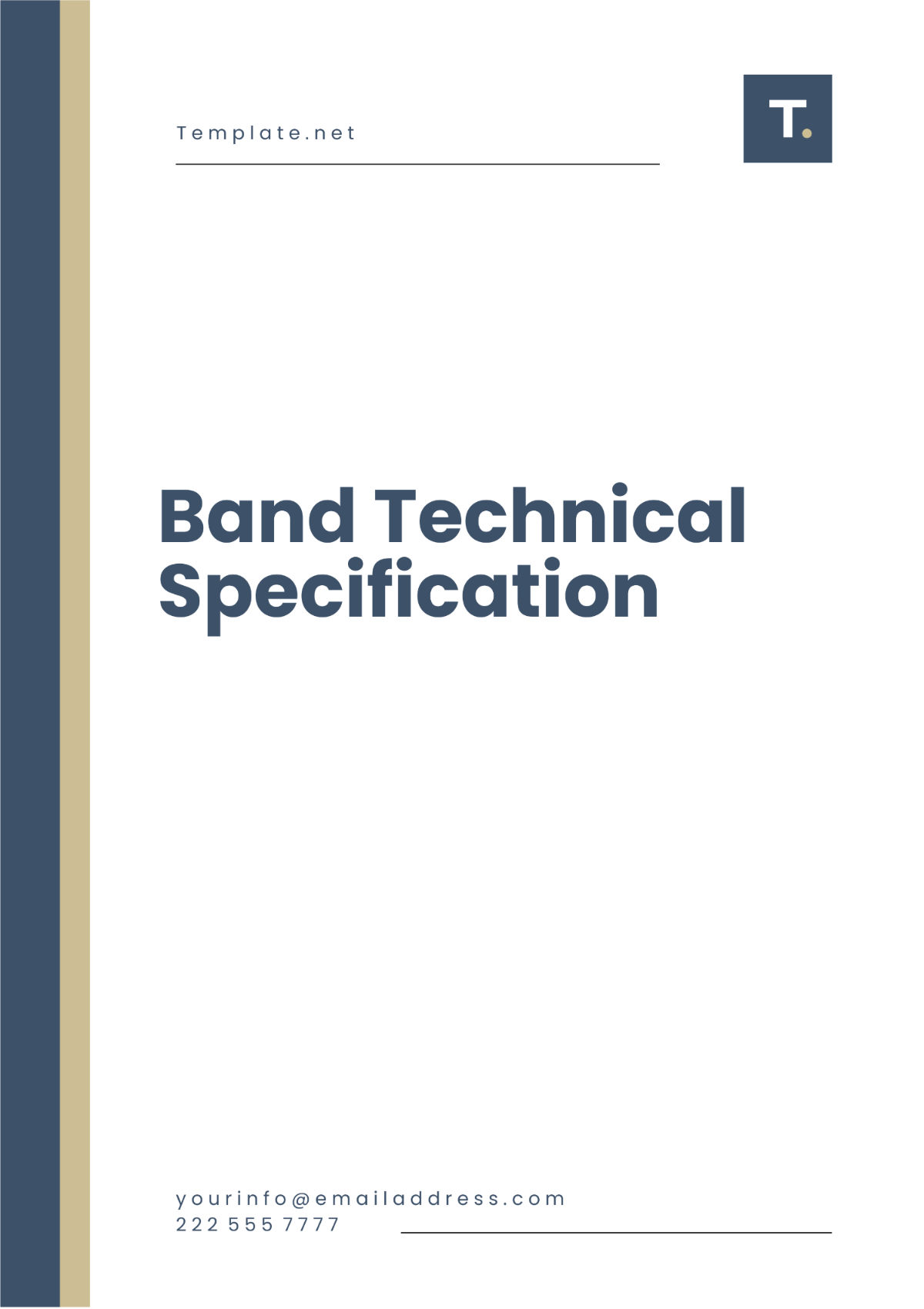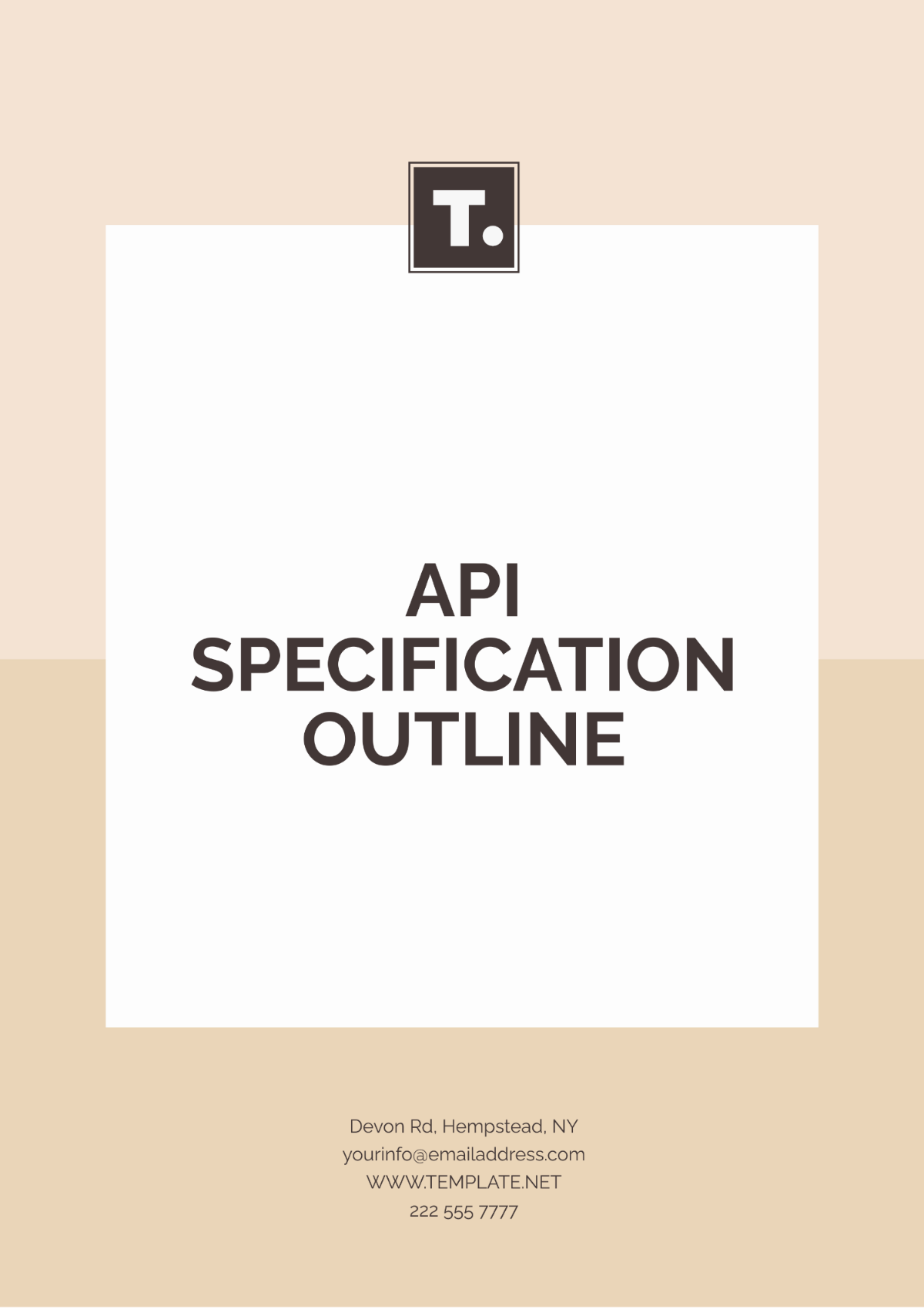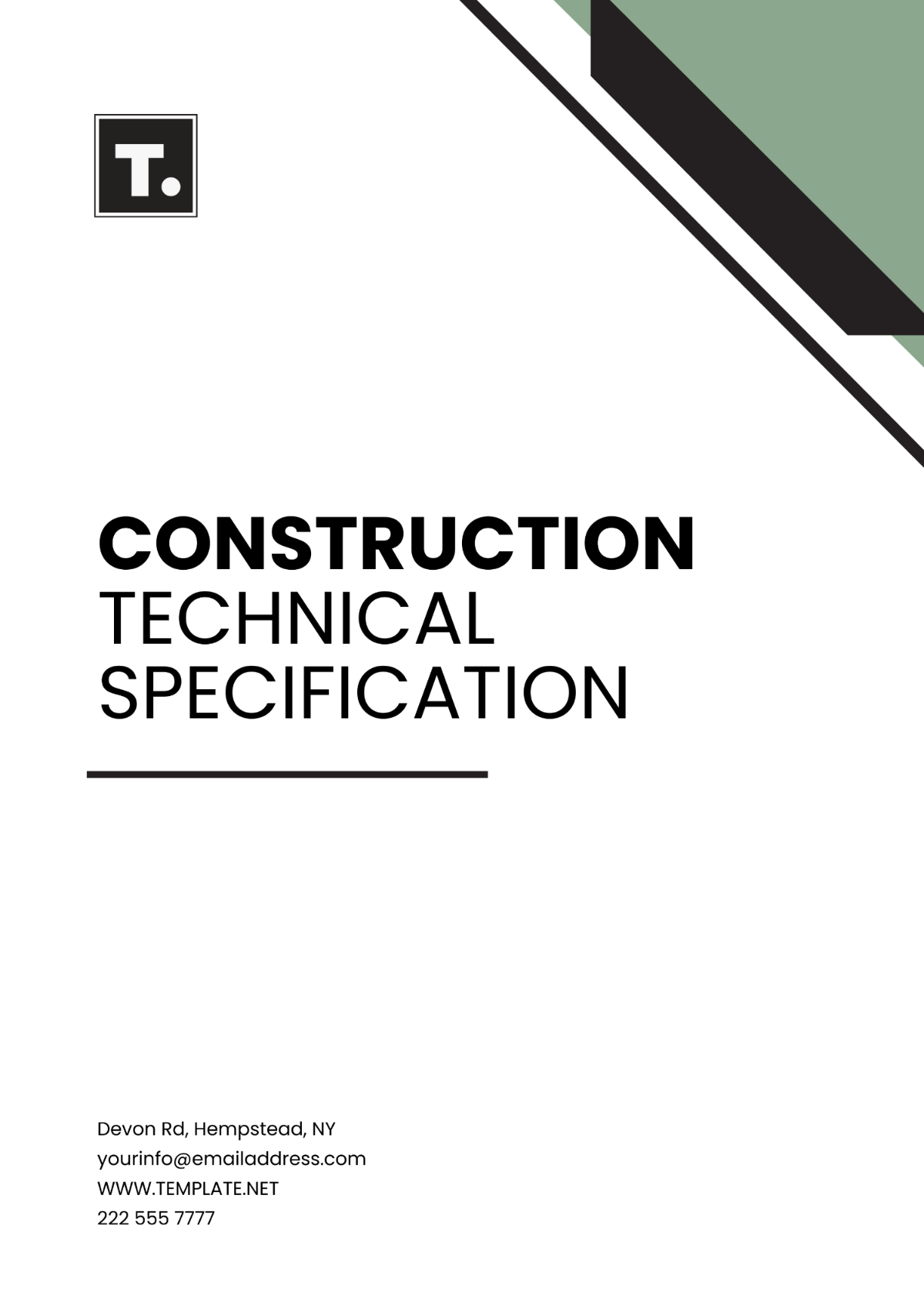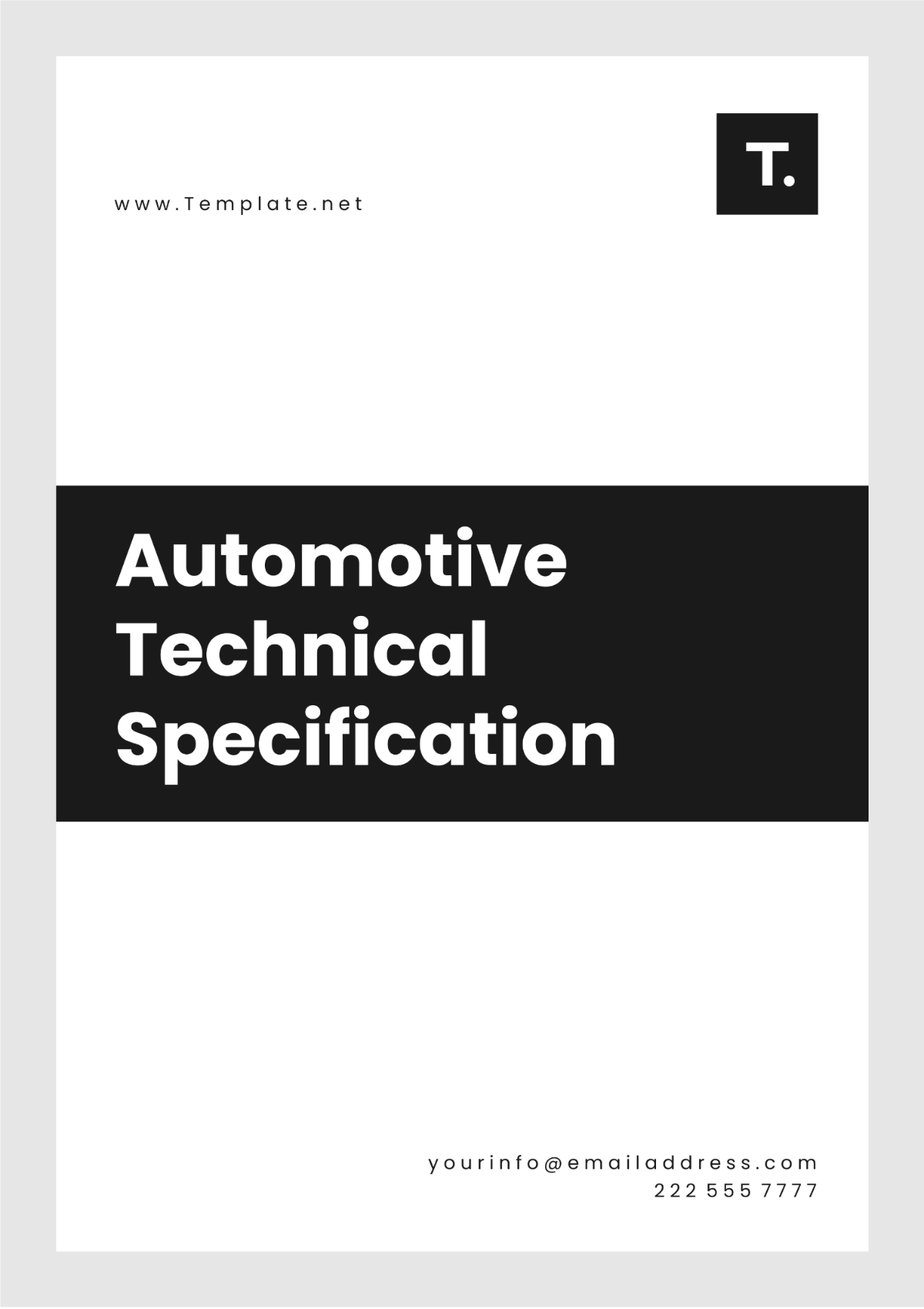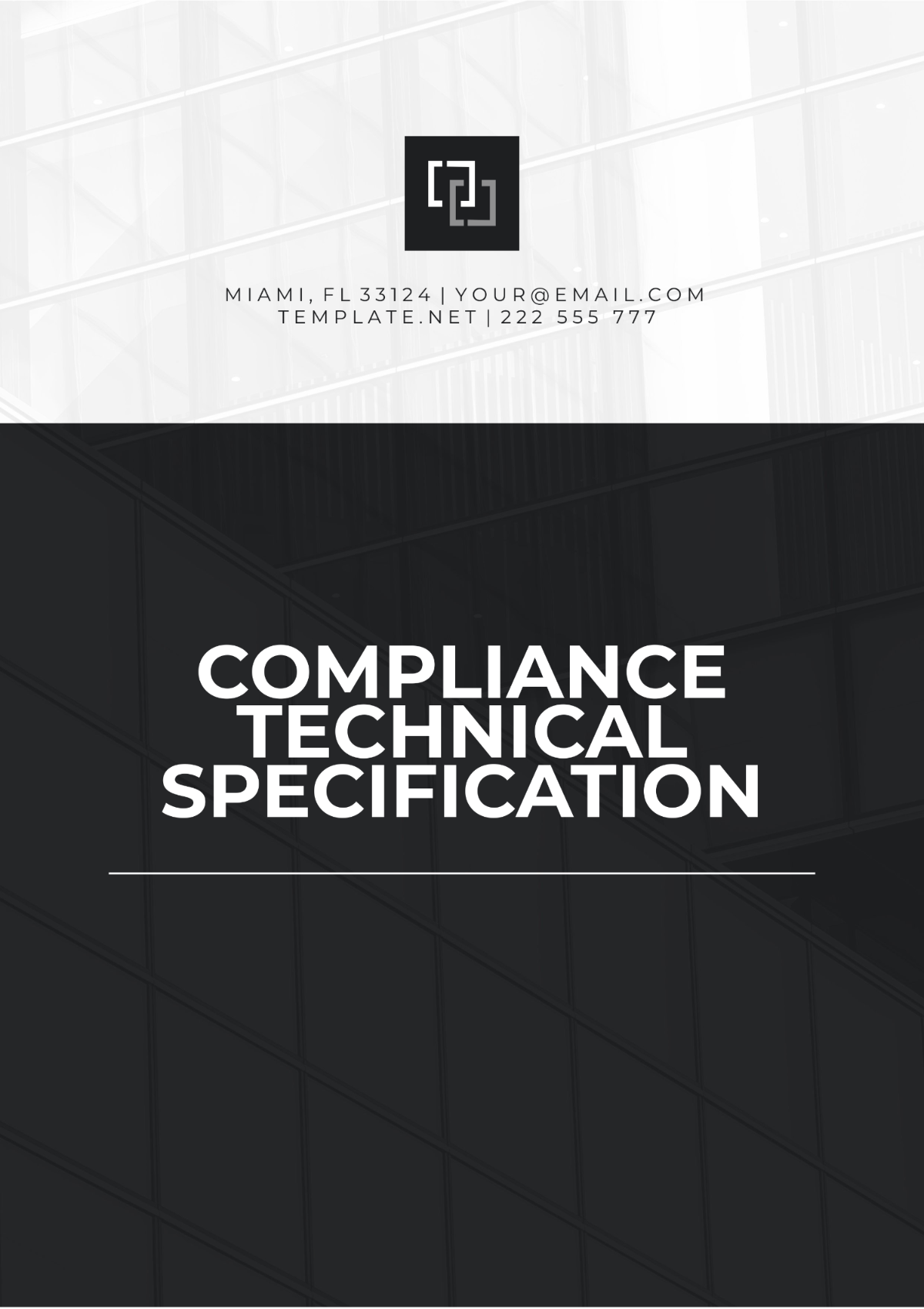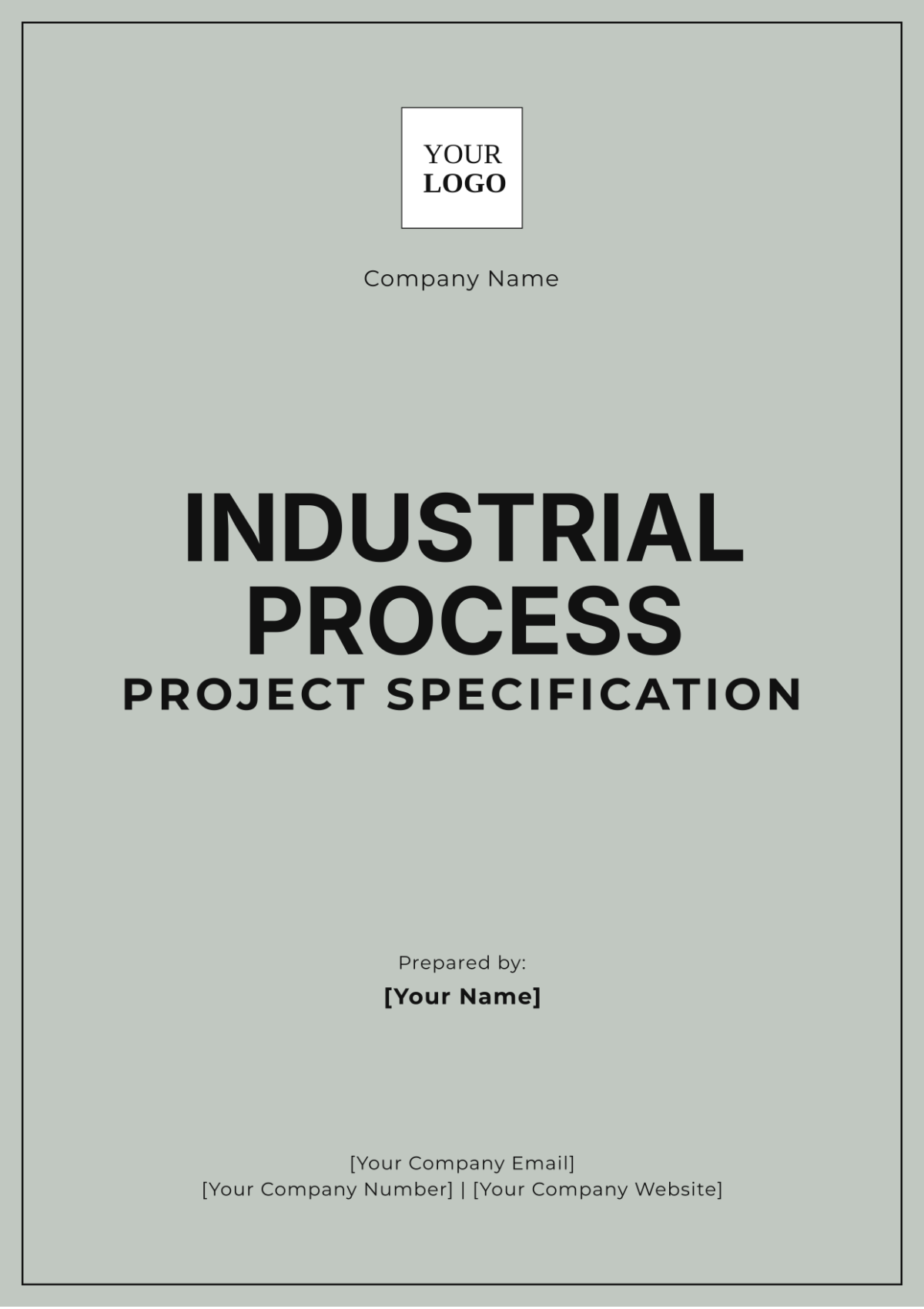Technical Documentation Layout
Company: [YOUR COMPANY NAME]
1. Introduction
This section should provide a general overview of the document, including its purpose, scope, and intended audience.
Purpose
The purpose of this technical documentation is to outline the specifications, functionalities, and implementation process of the [PROJECT NAME] system.
Scope
This document focuses on the technical aspects of [PROJECT NAME], including system architecture, components, interface designs, and performance criteria.
Intended Audience
This documentation is intended for software developers, system architects, and project managers who are involved in the design, development, and deployment of [PROJECT NAME].
2. System Overview
Provide a high-level description of the system's design and components.
System Architecture
The [PROJECT NAME] system follows a client-server model with a distributed architecture that supports horizontal scaling.
Key Components
Frontend: User-facing web interface built using HTML5, CSS3, and JavaScript.
Backend: REST API developed using Python Flask and Node.js.
Database: NoSQL database (MongoDB) for dynamic data storage.
3. Functional Requirements
This section outlines the specific functions that the system will perform. Include any assumptions and limitations.
User Roles and Permissions
Admin: Full control over system functionalities.
User: Limited access to certain modules based on predefined roles.
Feature List
Login Module: The system supports multi-factor authentication for security purposes.
Data Analytics: Provides real-time data visualization through customizable dashboards.
API Integration: Seamless integration with third-party services like payment gateways and CRM systems.
4. Non-Functional Requirements
Focus on the quality attributes of the system, such as performance, security, and scalability.
Performance
Response Time: The system shall respond to user requests within 200ms for 95% of all interactions.
Throughput: The system shall handle up to 10,000 concurrent users.
Security
Encryption: Data at rest is encrypted using AES-256, while data in transit is secured through TLS 1.3.
Authentication: OAuth 2.0 is implemented for third-party service authentication.
5. System Design
This section should contain diagrams and detailed explanations of the system's design and architecture.
Logical Architecture
Illustrate the logical flow of data between different components of the system. Use diagrams such as UML or ERD to provide a visual representation.
Data Flow Diagram (DFD)
Level 0 DFD: High-level overview of system interaction with external entities.
Level 1 DFD: Detailed breakdown of the system's internal processes.
6. Database Design
Provide the data model and database schema details.
Database Schema
Table Name | Column Name | Data Type | Constraints |
|---|---|---|---|
Users | user_id | INT | PRIMARY KEY |
username | VARCHAR(50) | UNIQUE | |
password_hash | VARCHAR(64) | NOT NULL | |
Transactions | transaction_id | INT | PRIMARY KEY, AUTOINCREMENT |
amount | DECIMAL(10,2) | NOT NULL |
Entity-Relationship Diagram (ERD)
Include an ERD diagram to visually represent the relationships between different entities.
7. API Documentation
Provide detailed specifications for all APIs, including endpoint URLs, request methods, and response formats.
API Endpoints
Login API:
Endpoint:
/api/v1/loginMethod: POST
Request Body:
{ "username": "string", "password": "string" }
Response:
{ "token": "string" }
Get User Data API:
Endpoint:
/api/v1/users/{id}Method: GET
Response:
{ "user_id": 12345, "username": "johndoe" }
8. Deployment and Maintenance
This section outlines the steps to deploy and maintain the system.
Deployment Environment
Operating System: Ubuntu 30.04 LTS
Server: Apache Tomcat 14
Containerization: Docker containers for isolated environments.
Deployment Process
Pull the latest code from the Git repository.
Build the Docker image using the command
docker build -t project_name .Deploy the image to the production server using Kubernetes.
Maintenance Guidelines
Backup: Automated daily backups of the database to cloud storage.
Updates: Implement a rolling update strategy to avoid downtime.
9. Testing and Validation
Outline the strategies for testing the system.
Testing Strategy
Unit Testing: Each module will undergo unit tests to ensure correctness.
Integration Testing: End-to-end tests will verify the interaction between different components.
Test Cases
Test Case ID | Description | Expected Outcome | Status |
|---|---|---|---|
TC-001 | User login with valid credentials | User should be logged in | Passed |
TC-002 | User login with invalid credentials | Error message should be shown | Passed |
10. Appendices
This section includes any additional information, such as references, glossaries, and contact details.
Glossary
REST API: Representational State Transfer Application Programming Interface
OAuth 2.0: Open Authorization protocol for secure user authentication
